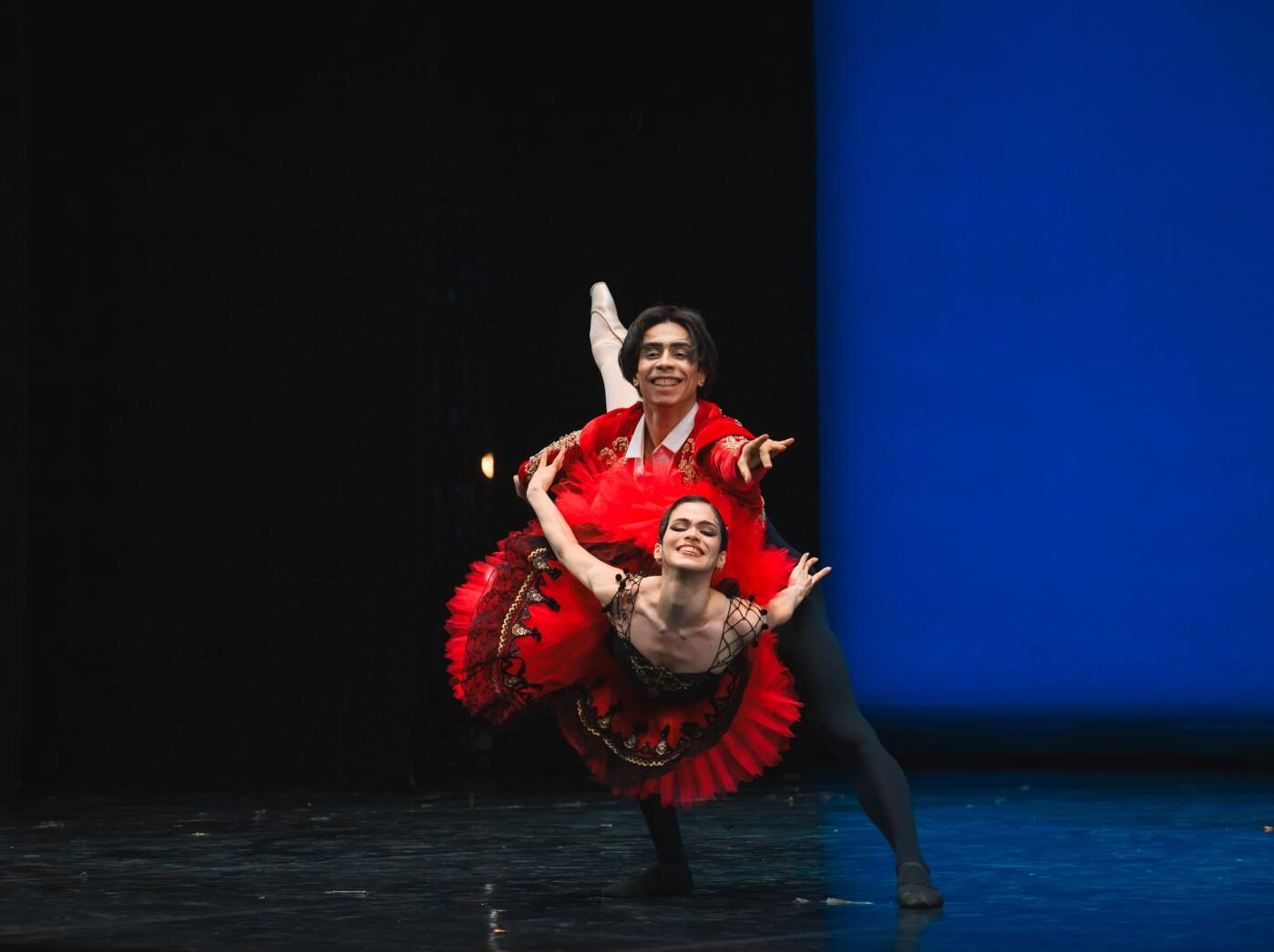Polish National Ballet / Ballet Company of the Lithuanian National Opera and Ballet Theatre
Teatr Wielki – Opera Narodowa
Warsaw, Poland
October 07, 2017
by Ilona Landgraf
Copyright © 2017 by Ilona Landgraf
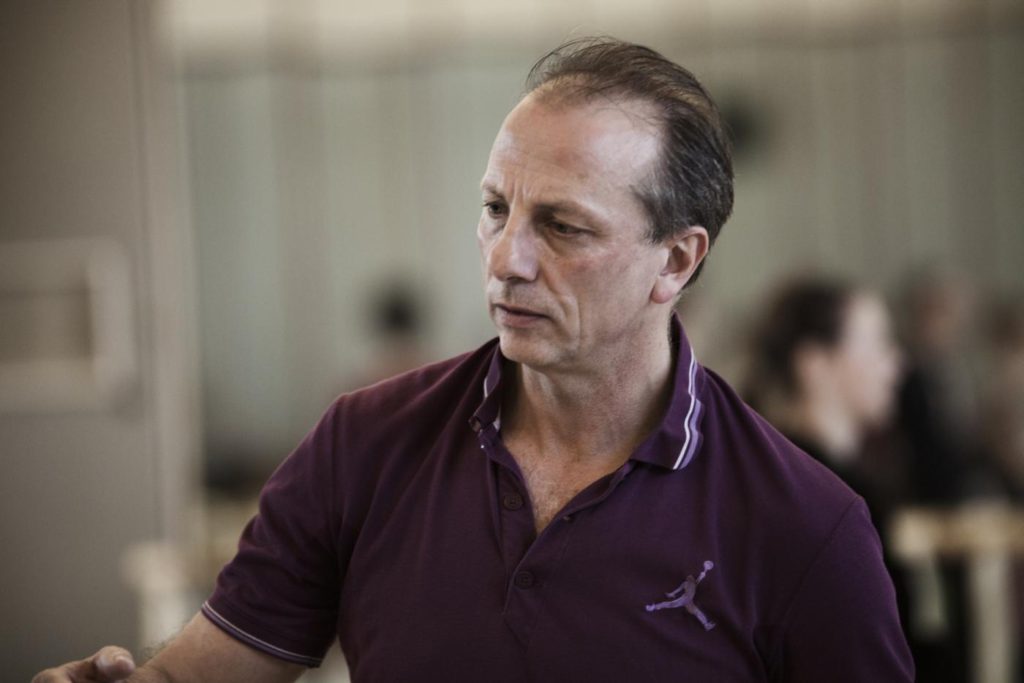 Krzysztof Pastor attended the International Ballet Conference in Amsterdam in February. Back then he was still a resident choreographer of Dutch National Ballet, while simultaneously directing the biggest ballet companies in Poland and Lithuania. We hadn’t talked during the conference but on our way home we exchanged a few words at Schiphol Airport. Time was short though, so I decided to ask him for an interview at a later date. It finally happened this October. Pastor mainly talked about his company in Warsaw and the cultural scene of Poland.
Krzysztof Pastor attended the International Ballet Conference in Amsterdam in February. Back then he was still a resident choreographer of Dutch National Ballet, while simultaneously directing the biggest ballet companies in Poland and Lithuania. We hadn’t talked during the conference but on our way home we exchanged a few words at Schiphol Airport. Time was short though, so I decided to ask him for an interview at a later date. It finally happened this October. Pastor mainly talked about his company in Warsaw and the cultural scene of Poland.
His answers are in italics.
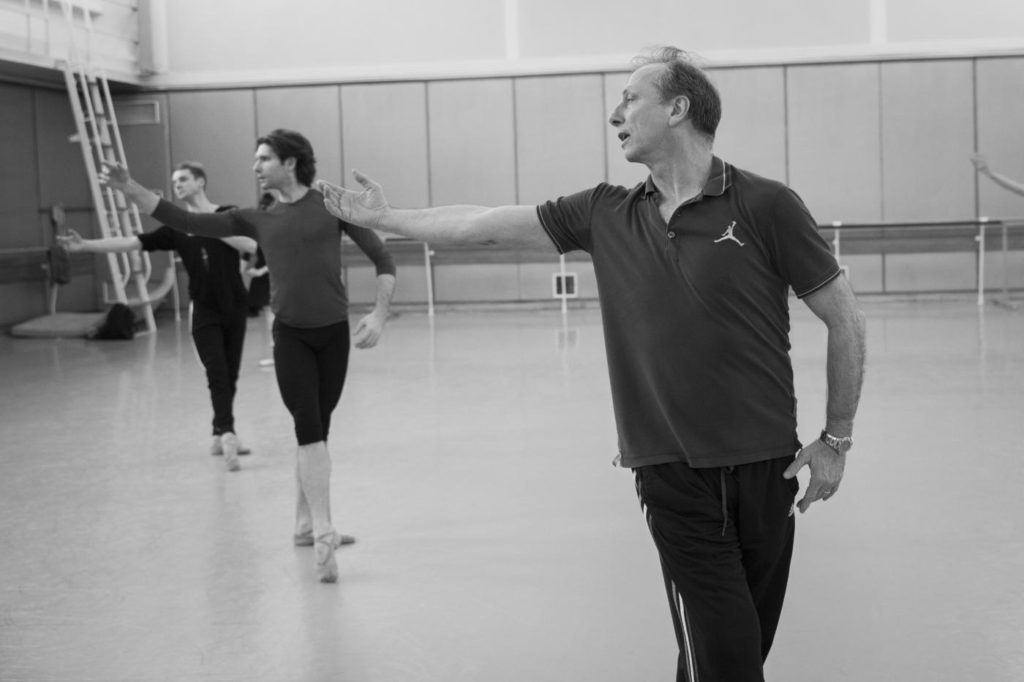 You have been artistic director of the Polish National Ballet since 2009 and in 2011 you took over the same position at the Lithuanian National Opera and Ballet Theatre in Vilnius. If I counted correctly, the company in Warsaw has 85 dancers, that in Vilnius 65.
You have been artistic director of the Polish National Ballet since 2009 and in 2011 you took over the same position at the Lithuanian National Opera and Ballet Theatre in Vilnius. If I counted correctly, the company in Warsaw has 85 dancers, that in Vilnius 65.
In addition, you were resident choreographer of Dutch National Ballet – a post you stepped down from this summer – while also choreographing for your own and other companies like the Joffrey Ballet, for example.
How has it been possible to accommodate this many things?
Well, I can’t say that it has been easy. It has been very difficult. But the most important thing is to have a good team here in Warsaw. but also in Vilnius. In Vilnius, there is Rūta Butvilienė, my deputy director, who runs the company on a daily basis 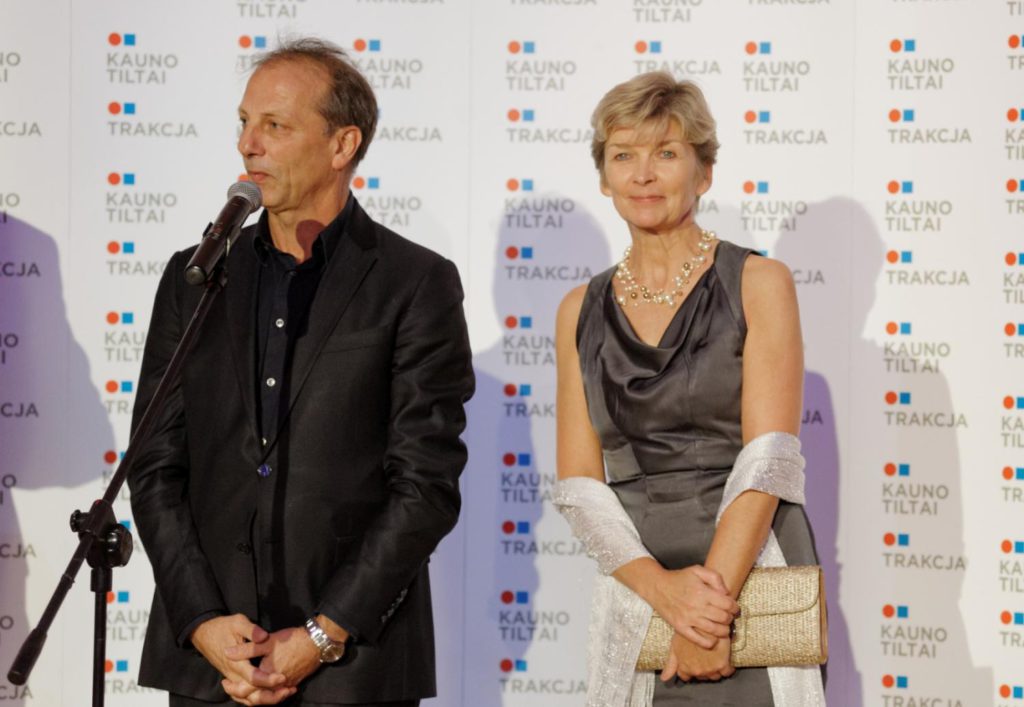 and manages everyday problems. My main role is to prepare the program for three years, to supervise its execution and also to choreograph. But I’m not there every day; my base is here in Warsaw. Rūta has a very good heart. I’m more demanding, but I like to think I’m kind-hearted too. She is quite a contrast to me, which I think is also good. She takes care of the dancers very well – almost like a mama. I watch the majority of performances here in Warsaw, but not every performance in Vilnius which is some kind of flaw. Between the end of August and now I’ve been in Vilnius twice, once for one week and the other time for three days and to see the performance.
and manages everyday problems. My main role is to prepare the program for three years, to supervise its execution and also to choreograph. But I’m not there every day; my base is here in Warsaw. Rūta has a very good heart. I’m more demanding, but I like to think I’m kind-hearted too. She is quite a contrast to me, which I think is also good. She takes care of the dancers very well – almost like a mama. I watch the majority of performances here in Warsaw, but not every performance in Vilnius which is some kind of flaw. Between the end of August and now I’ve been in Vilnius twice, once for one week and the other time for three days and to see the performance.
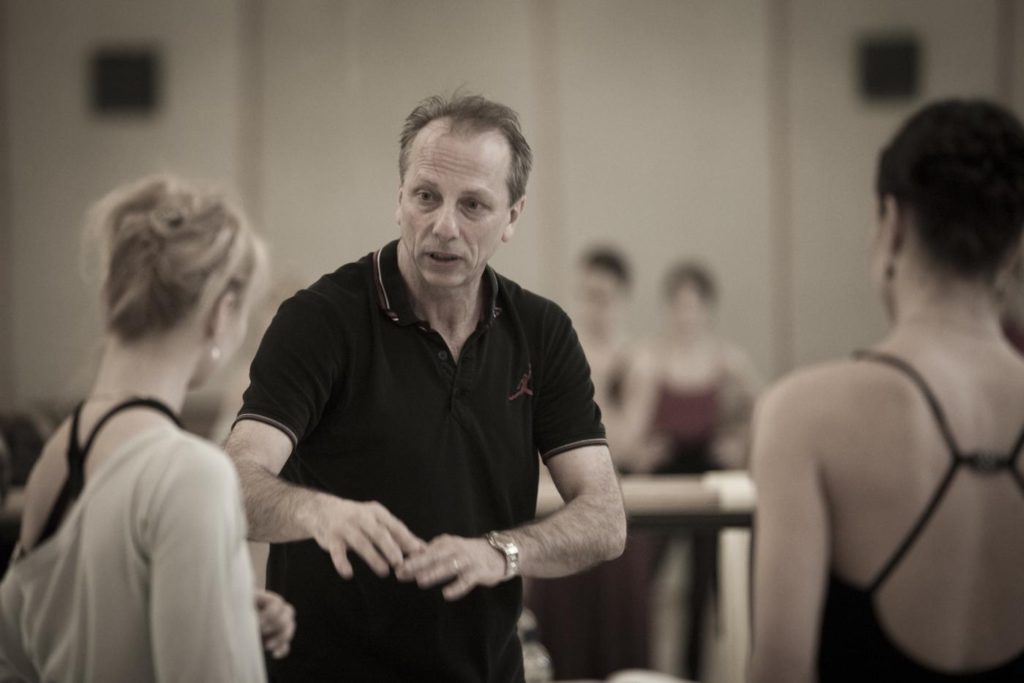 Basically, I don’t have much free time for myself, because when I’m less busy in Warsaw I use the time to go to Vilnius.
Basically, I don’t have much free time for myself, because when I’m less busy in Warsaw I use the time to go to Vilnius.
I’ve been here in Warsaw now for eight and a half years and the first four years were extremely difficult for me. Things have become much easier since then. The company is working better and I’m proud of them, of the level they’ve achieved. I don’t say that it’s perfect, there’s still a way to go. It’s analogous to what Mikhail Baryshnikov said, that perfection exists only in theory. But we have to strive for it every day – in class, rehearsals, performances, programming, management, – every day there’s something to improve.
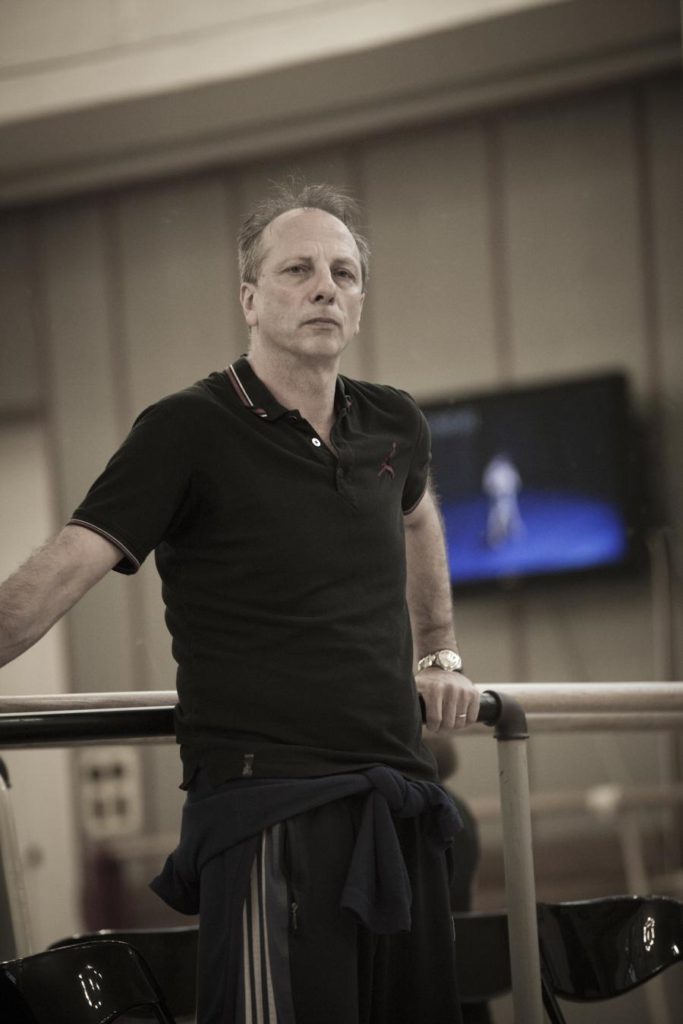
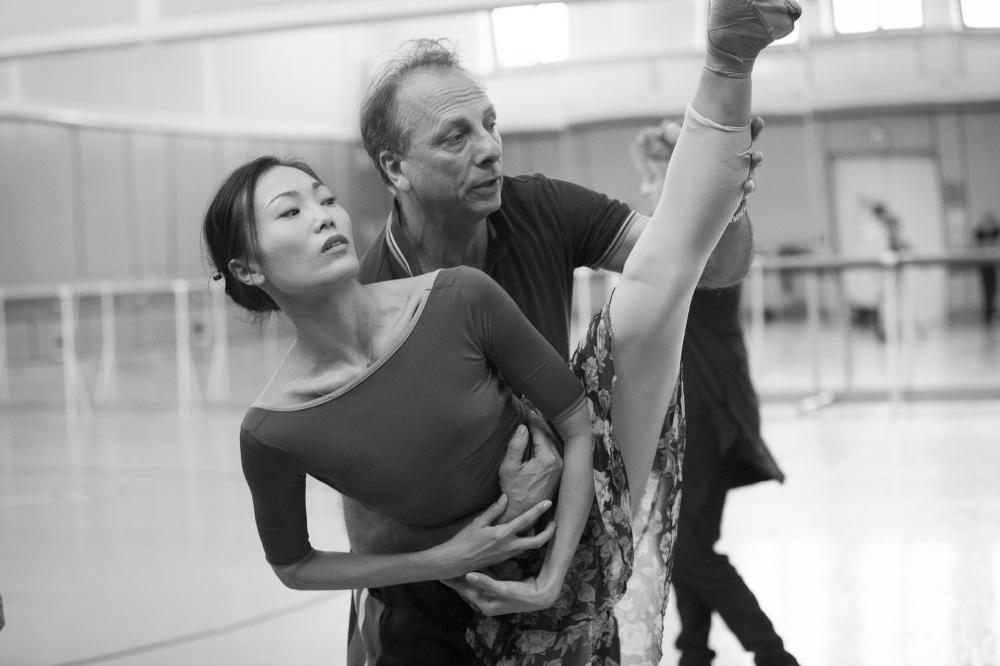 Most of the pictures in your office are related to Dutch National Ballet. What does the company mean to you?
Most of the pictures in your office are related to Dutch National Ballet. What does the company mean to you?
For me it’s an exemplary company, very well organized and structured, also in terms of its repertoire. They perform the big classics on a good level and have so many new creations. And it’s all ballet, even if new pieces are avant-garde. Ted [Brandsen] is a very good director and also a very good human being. We’ve always been thoroughly loyal to each other, also now after my resignation.
We began choreographing at almost the same time. Ted started one year earlier than me in a workshop. I remember that I wanted to work in the same workshop, but was told that it was my first year in Amsterdam so I had to wait.
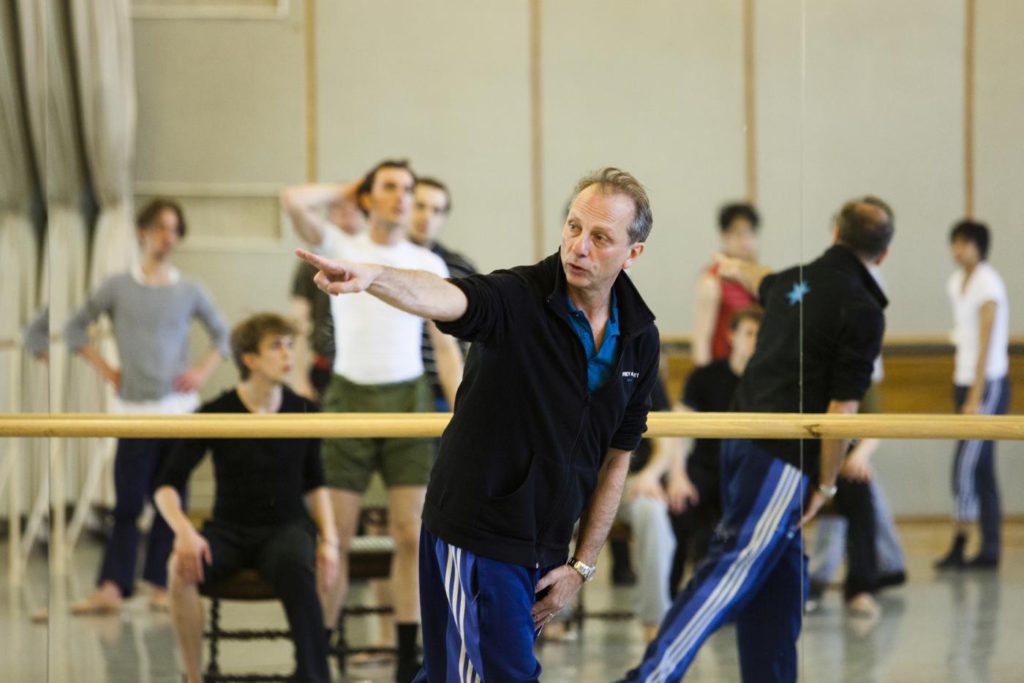 Was lack of time the reason why you resigned from being a resident choreographer in Amsterdam?
Was lack of time the reason why you resigned from being a resident choreographer in Amsterdam?
One of the reasons. As long as I was living in Amsterdam I could use every window of time to work in the studio. But when I traveled there from Warsaw for a one-week stay, I needed more rehearsal time than was available to really proceed.
Of course, leaving Amsterdam was not an easy decision. I grew up there as a choreographer. In fact, making the decision was a very, very hard and very emotional process. I love Holland. I spent almost thirty years there and it’s my second home. But Poland is my country; I was born here. To be quite frank, many things in Poland irritate me. But probably all nations have good and bad sides. Also, I felt that I could do more than just choreography. I felt ready to manage a company.
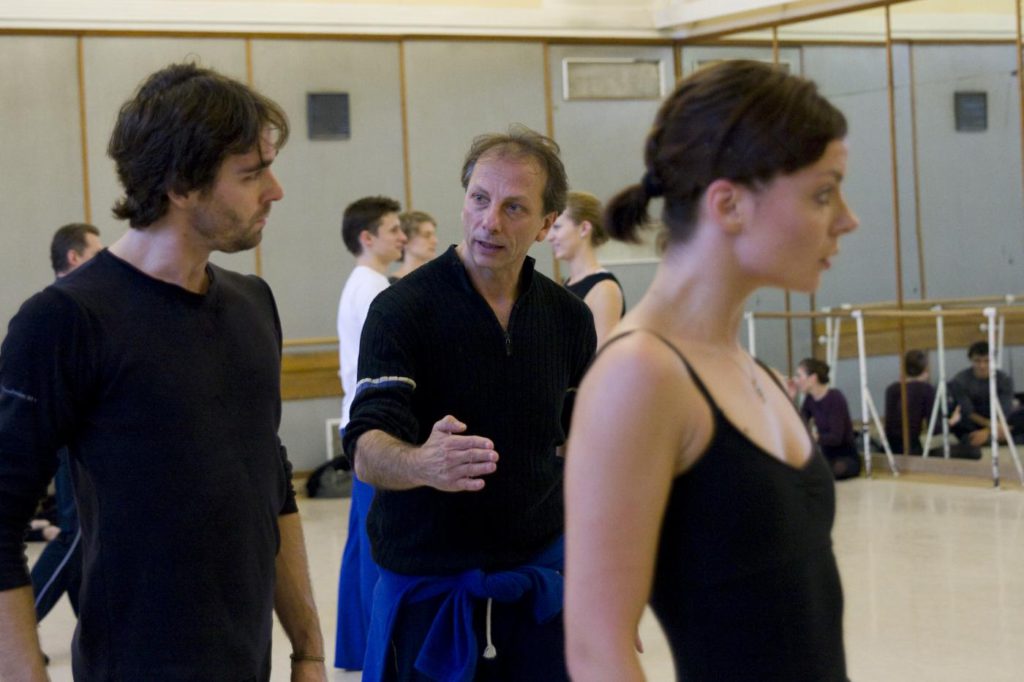
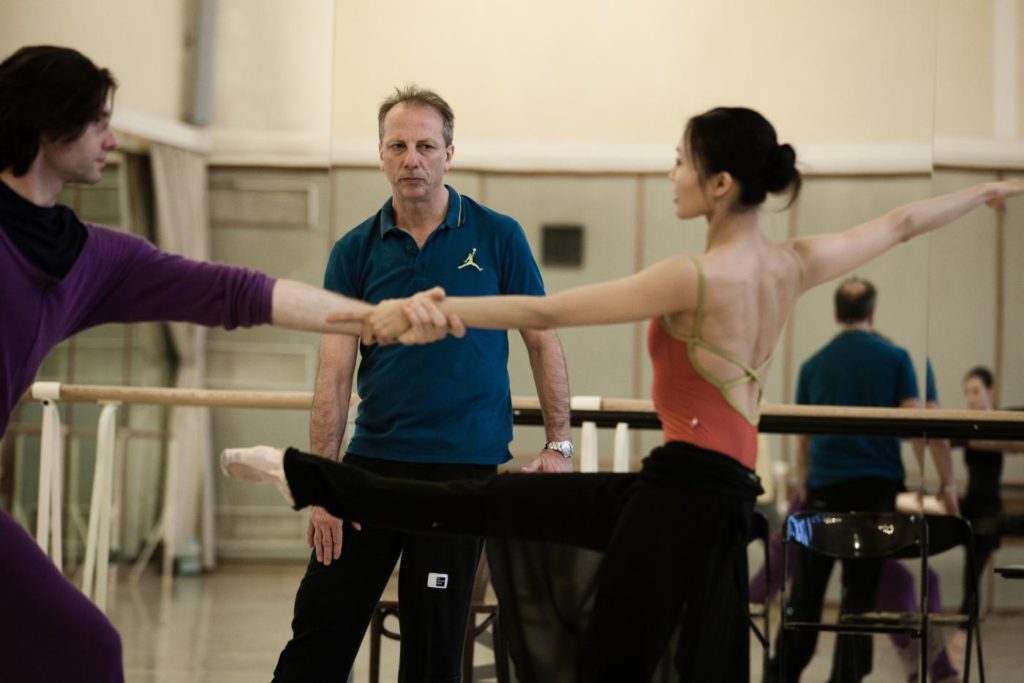 The Dutch company has been changing so much, I didn’t know the dancers as well as before, and I felt personally uncomfortable. I was listed as resident choreographer, but wasn’t present enough. So, I preferred to step back, but if Ted wants me to choreograph a new piece I’ll always be ready. I still consider Dutch National Ballet as my company. But my focus has shifted over time. Meanwhile I’m very much enjoying working with my company here. Maybe it’s a bit risky to say, but I do love the Polish National Ballet.
The Dutch company has been changing so much, I didn’t know the dancers as well as before, and I felt personally uncomfortable. I was listed as resident choreographer, but wasn’t present enough. So, I preferred to step back, but if Ted wants me to choreograph a new piece I’ll always be ready. I still consider Dutch National Ballet as my company. But my focus has shifted over time. Meanwhile I’m very much enjoying working with my company here. Maybe it’s a bit risky to say, but I do love the Polish National Ballet.
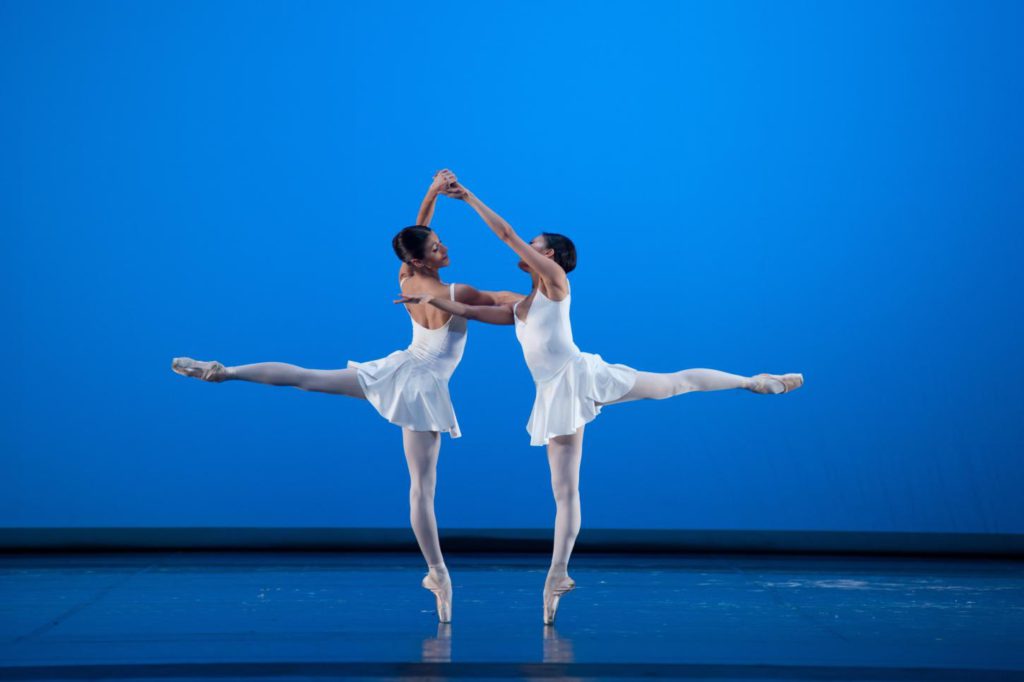 Why have your first years in Warsaw been difficult?
Why have your first years in Warsaw been difficult?
I came here with my experience from the Dutch National Ballet, which is a very well-functioning, very creative company that performs a lot of new creations each season. There is huge variety of dance performances in Amsterdam, The Hague with Nederlands Dance Theater is close, and one just has to cross the border to Germany to see other forms of dance. The Netherlands has a very vivid dance scene. There is Holland Dance Festival, Holland Festival, Julidans and much more. Companies compete for having an audience. The level of professionalism is high.
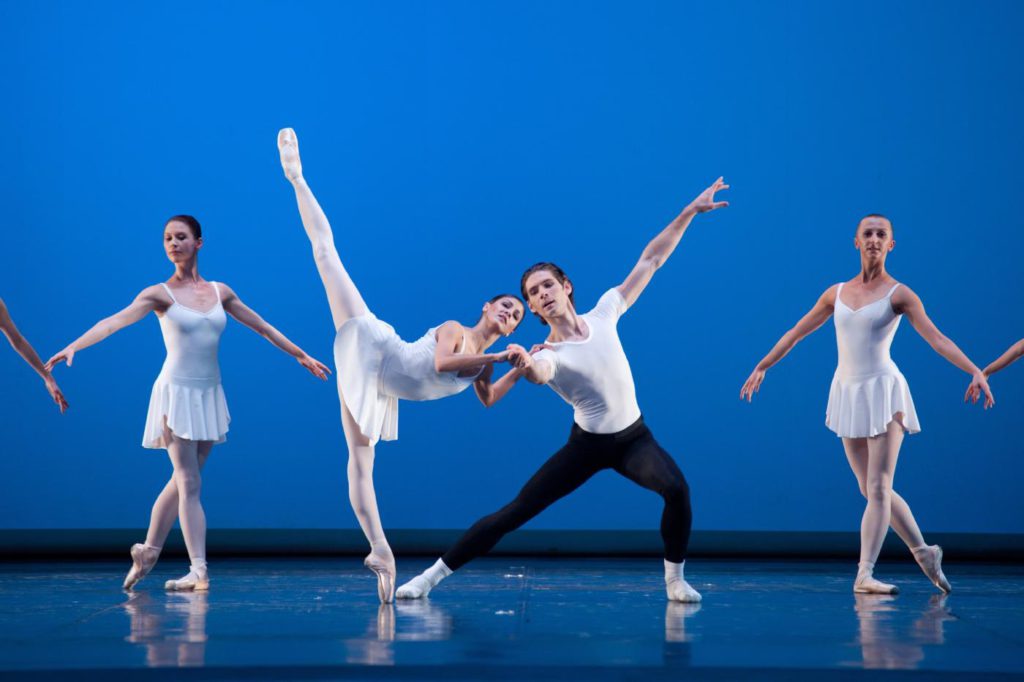 Here in Warsaw the company definitely had potential, but wasn’t in good shape. The work ethic wasn’t always ideal either. What it means to have daily class, rehearsals, what it means to be first, second or third cast. What it means to be open, creative, and to speak many languages, not only verbally, but also physically. Foreign dancers had to be introduced. This step wasn’t entirely welcome, but I think it was very important for the company to open up.
Here in Warsaw the company definitely had potential, but wasn’t in good shape. The work ethic wasn’t always ideal either. What it means to have daily class, rehearsals, what it means to be first, second or third cast. What it means to be open, creative, and to speak many languages, not only verbally, but also physically. Foreign dancers had to be introduced. This step wasn’t entirely welcome, but I think it was very important for the company to open up.
Dancers or artists in general, are very delicate instruments. Upon starting here, I saw how much we were missing and I had to take some tough decisions. There was opposition from inside the company, but I didn’t act sharply. That’s not my way. I was very gentle. But of course, some people had to leave. Fortunately, the management backed my decisions. Meanwhile, the company’s overall level has improved and the number of people coming to watch the performances is higher.
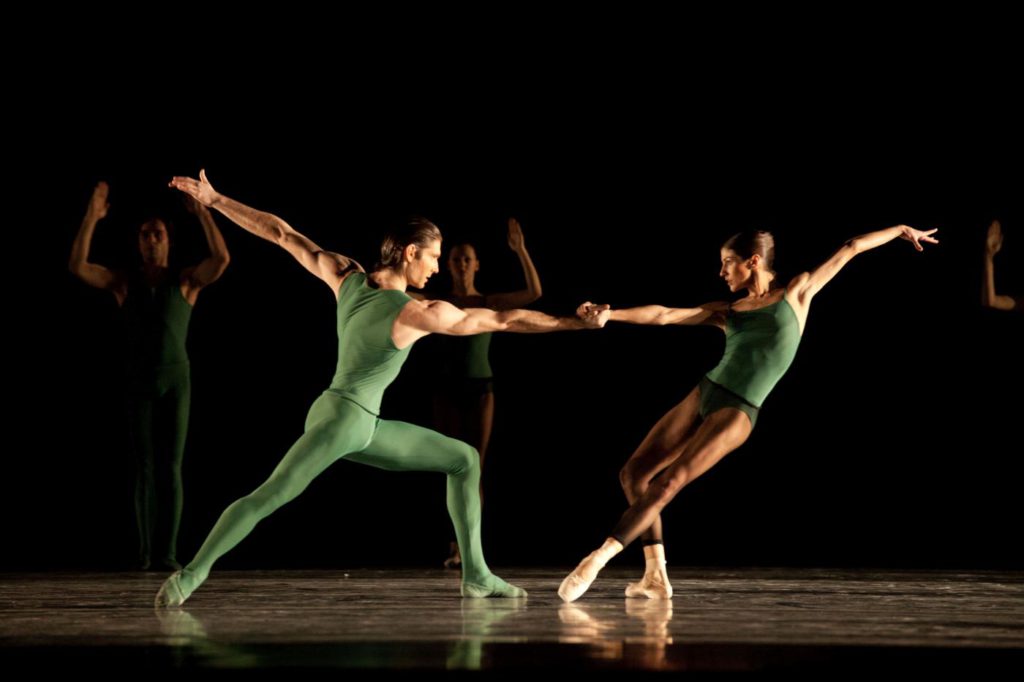 What steps did you take during your first time at the helm of the company?
What steps did you take during your first time at the helm of the company?
One of the first important things I did, was to change the name of the company. It had been the Ballet of the Teatr Wielki before I renamed it the Polish National Ballet. Not in order to underline that it’s a national company and add a political dimension, but because the company is supported and administrated by the state, has the best conditions and is the most prestigious in Poland. But I didn’t want it to be just some cosmetic sort of thing. The company had to fill out this status which is an ongoing process. By only changing the name things won’t suddenly be different the following day. First, the change needed to be approved by the Ministry of Culture and National Heritage and the company’s autonomy within the Teatr Wielki had to be officially accepted.
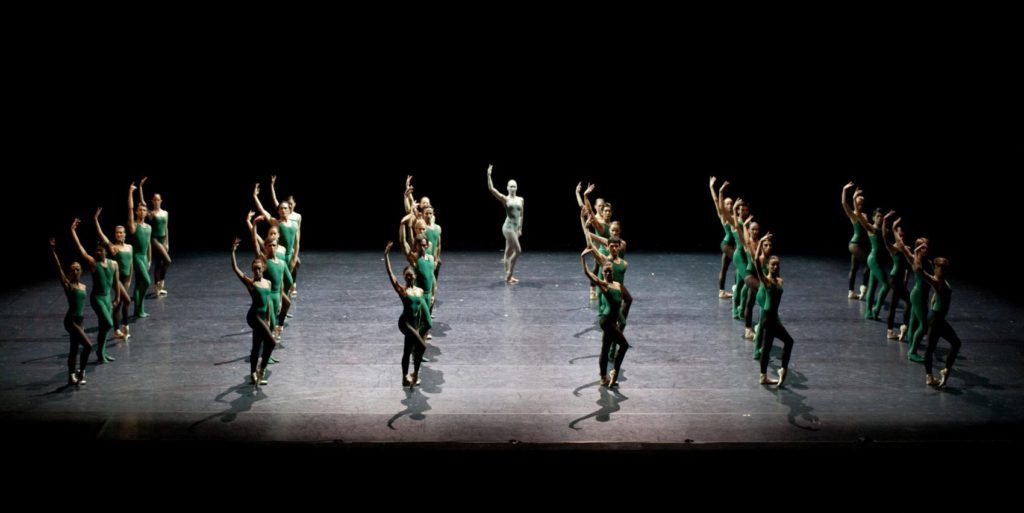 I was asked to direct the company in Warsaw four years earlier in 2005. I came here, open-minded, and asked for these same adjustments. Gaining autonomy for the ballet company wasn’t possible back then so I refused to take over the position. Meanwhile, things have changed. Still, we do serve the opera, which I think isn’t totally bad. John Neumeier, for example, just recently choreographed “Orphee et Eurydice” for the Joffrey Ballet. But I don’t like when my dancers are used as extras in an opera production and to me it’s not correct when the director of the opera or theater imposes his strategy and repertory on the ballet company. The art of dance – not only ballet, but dance in general – is a unique and the most open form of art. It
I was asked to direct the company in Warsaw four years earlier in 2005. I came here, open-minded, and asked for these same adjustments. Gaining autonomy for the ballet company wasn’t possible back then so I refused to take over the position. Meanwhile, things have changed. Still, we do serve the opera, which I think isn’t totally bad. John Neumeier, for example, just recently choreographed “Orphee et Eurydice” for the Joffrey Ballet. But I don’t like when my dancers are used as extras in an opera production and to me it’s not correct when the director of the opera or theater imposes his strategy and repertory on the ballet company. The art of dance – not only ballet, but dance in general – is a unique and the most open form of art. It 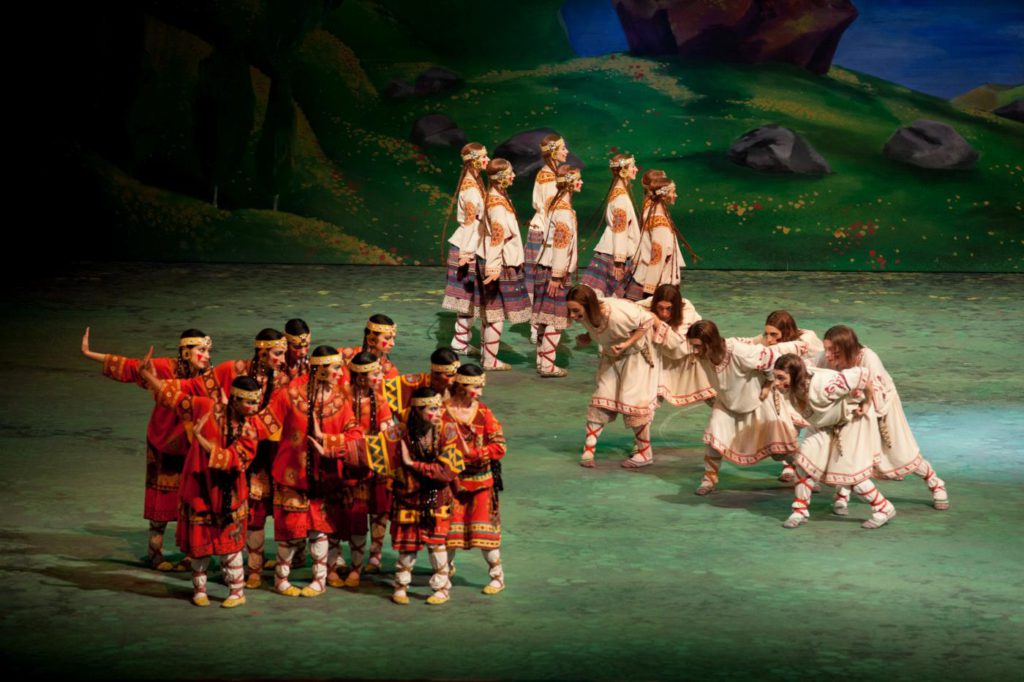 doesn’t determine what you have to understand. Dance is very, very different from opera or dramatic theater.
doesn’t determine what you have to understand. Dance is very, very different from opera or dramatic theater.
Waldemar Dąbrowski, the general director of the Teatr Wielki, supported my approach and that was crucial. It was he who went to the ministry and declared that things have to change.
The second thing I introduced was the annual choreographic workshop. This season marks its tenth anniversary. I took over the company in March and by June we organized the first workshop. I did the same in Vilnius. To me, every company should have something like this. Dancers need an opportunity to try their hand at creating own pieces. How else shall one discover choreographic talent?
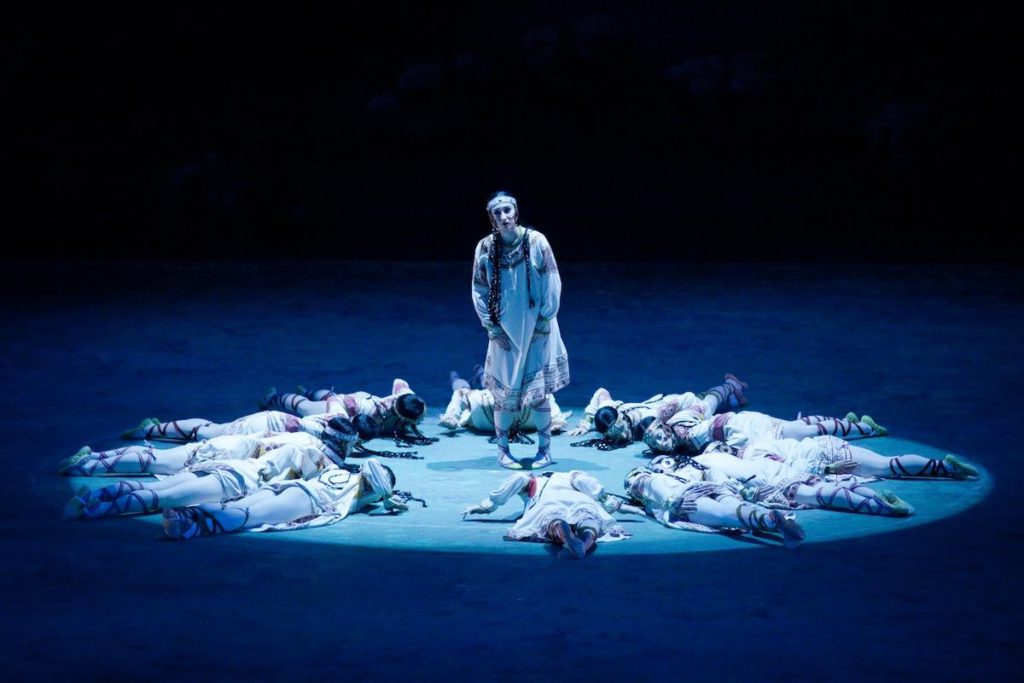 I had to set some rules similar to the ones Dutch National Ballet has, such as framing for the duration of the pieces. Imagine one has ten young choreographers and each creates a one-hour piece! The dancers work on the workshop in their free time and the budget for costumes is very small, because choreography has priority. Moreover, the workshops offer a chance to learn the work around theatrical productions. Klaudiusz, for instance, who is sitting over there, is my planning and technical coordinator. He started with coordinating the very first workshop. I noticed that he was very capable and as I needed someone to take care of planning and the technical aspects of the performances that became his job. Another dancer, who was very active behind the stage during workshops became our stage manager for both opera and ballet.
I had to set some rules similar to the ones Dutch National Ballet has, such as framing for the duration of the pieces. Imagine one has ten young choreographers and each creates a one-hour piece! The dancers work on the workshop in their free time and the budget for costumes is very small, because choreography has priority. Moreover, the workshops offer a chance to learn the work around theatrical productions. Klaudiusz, for instance, who is sitting over there, is my planning and technical coordinator. He started with coordinating the very first workshop. I noticed that he was very capable and as I needed someone to take care of planning and the technical aspects of the performances that became his job. Another dancer, who was very active behind the stage during workshops became our stage manager for both opera and ballet.
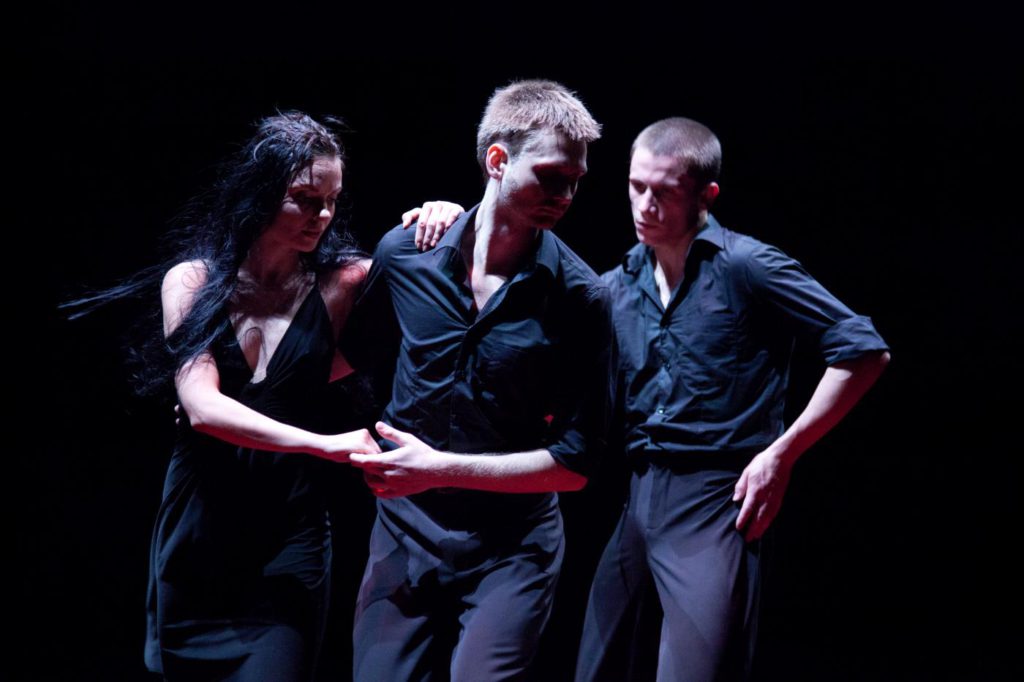 One has to discover the hidden talent.
One has to discover the hidden talent.
Yes, and workshops are a good opportunity for dancers to take the initiative.
How did the audience react on the young choreographer evenings?
They’ve loved it!
What else did you change?
The quality of the performances needed to be improved and we had to work on the right emphasis of execution. For me it’s very important how the classics are performed. Basically, we know every detail about how they should be performed, but achieving a certain level requires 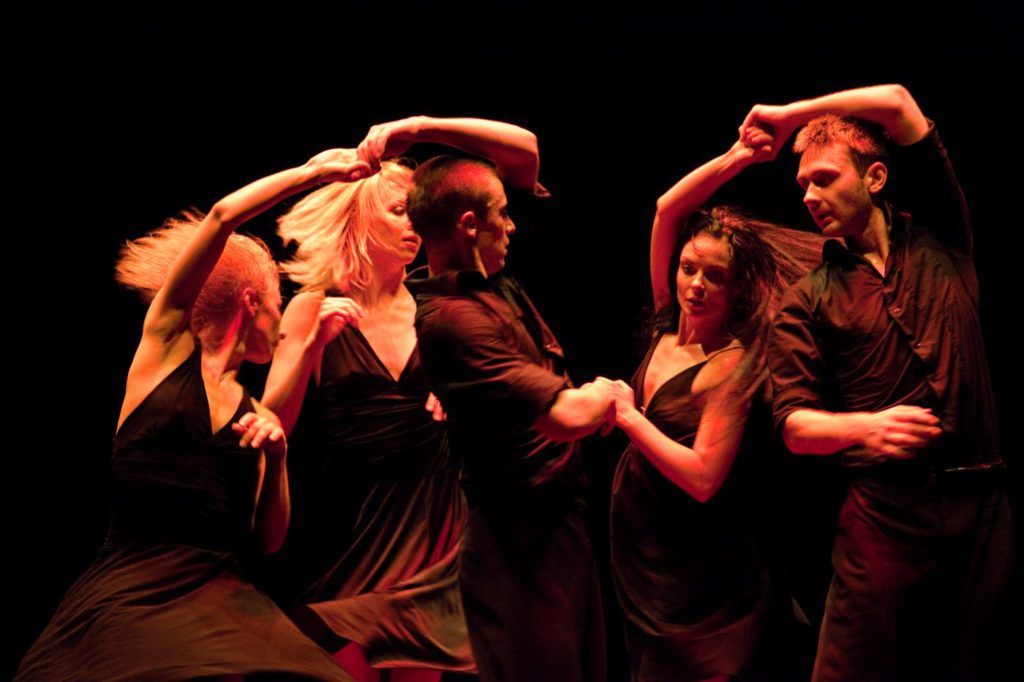 consistent daily work. On one side, one has to work on the classics, but on the other side one has to loosen up and use the classical technique in a very free way.
consistent daily work. On one side, one has to work on the classics, but on the other side one has to loosen up and use the classical technique in a very free way.
I hired dancers from western companies and schools. They move more freely, because their training is broader, they had ballet classes, improvisation, modern, and so on. Then we started meetings with the ballet masters on a weekly or twice-monthly basis, in which we talk about individual problems, difficulties that loom or the look of a production.
There are other, overarching meetings as well. DanceEast organizes rural retreats for ballet directors in Ipswich, England, for example. They prepare the panels and set the topics. We meet, discuss, talk about various problems and how to deal with 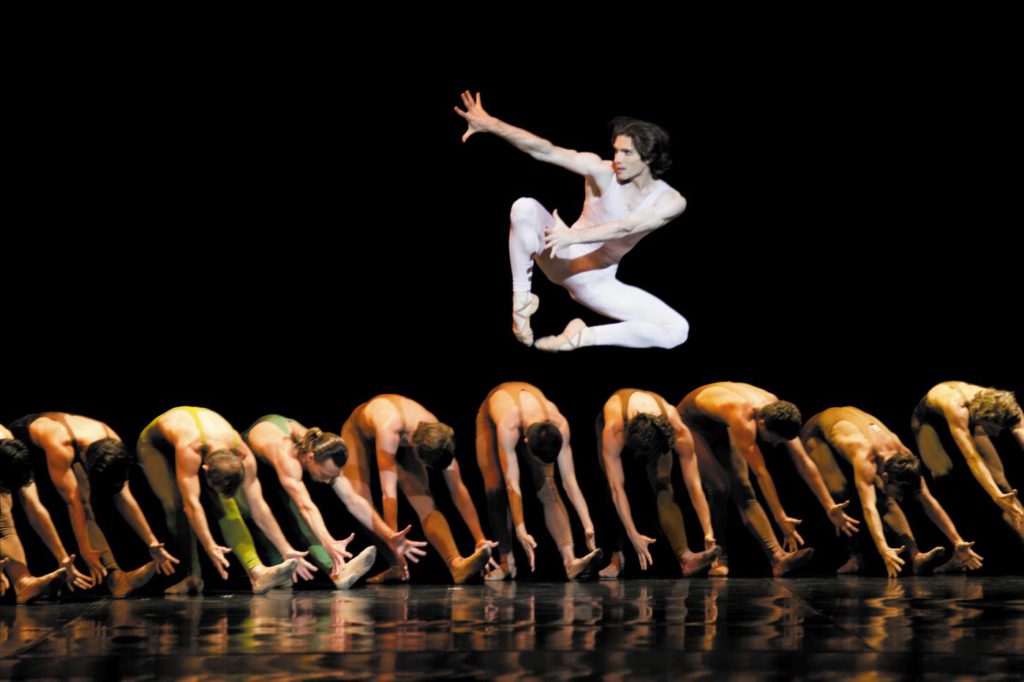 them. That’s very helpful. I would go any time to participate in meetings like this. At the two retreats I attended I met, for example, Karen Kain, Paul Lightfoot and Christian Spuck from Zurich Ballet; Kevin O’Hare was there – we are very good friends – and Ingrid Lorentzen from the Norwegian National Ballet. Tamara Rojo participated in the first meeting and I admire her work. Although initially I was a bit skeptical, I now think that she proves her approach by her actions. She’s a really good director.
them. That’s very helpful. I would go any time to participate in meetings like this. At the two retreats I attended I met, for example, Karen Kain, Paul Lightfoot and Christian Spuck from Zurich Ballet; Kevin O’Hare was there – we are very good friends – and Ingrid Lorentzen from the Norwegian National Ballet. Tamara Rojo participated in the first meeting and I admire her work. Although initially I was a bit skeptical, I now think that she proves her approach by her actions. She’s a really good director.
In which direction have you developed the repertoires in Warsaw and Vilnius?
I changed it in many ways. One needs a clear idea of which path to take. It happened, for example, that someone suggested 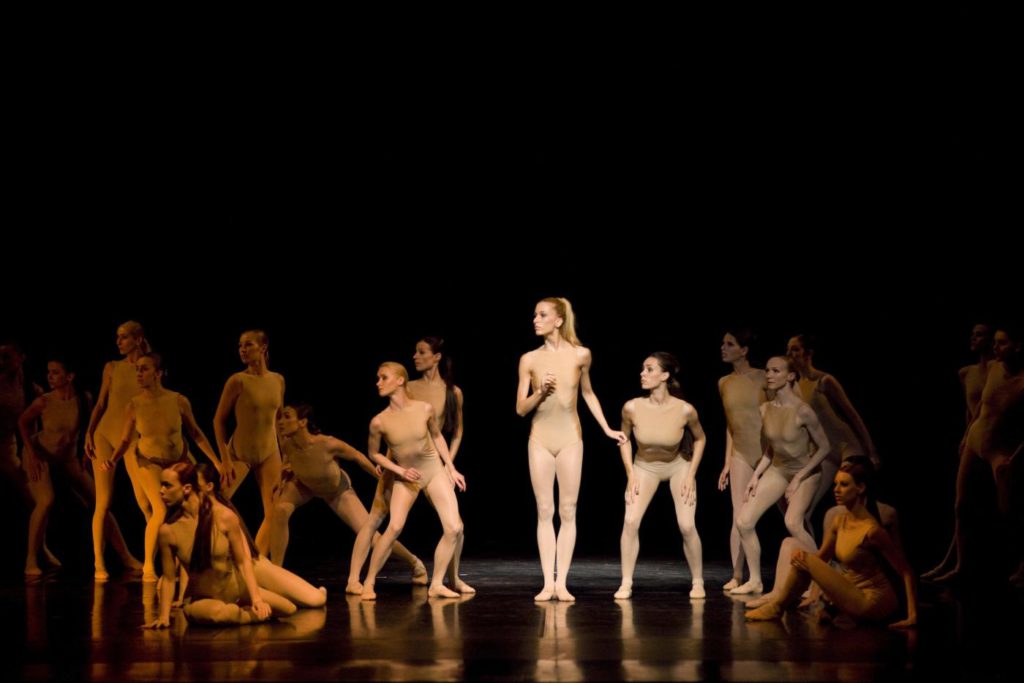 “maybe we can do a piece by Pina Bausch … or maybe not Pina Bausch, but William Forsythe.” They are worlds apart! Of course, I want my dancers to be versatile and to perform many different styles. But I also have to consider the image of the company. What are we developing towards? We are the biggest Polish company and the one in Vilnius is the biggest in Lithuania.
“maybe we can do a piece by Pina Bausch … or maybe not Pina Bausch, but William Forsythe.” They are worlds apart! Of course, I want my dancers to be versatile and to perform many different styles. But I also have to consider the image of the company. What are we developing towards? We are the biggest Polish company and the one in Vilnius is the biggest in Lithuania.
In Warsaw, I added Forsythe’s “Artifact Suite” to the repertoire. It was very important for the company to learn his style, how to move, to swing and to take risks. Then I brought two ballets by Balanchine – “Concerto Barocco” and “The Prodigal Son” – and, from a different area – “The Rite of Spring” by Emanuel Gat. He’s a very interesting Israeli 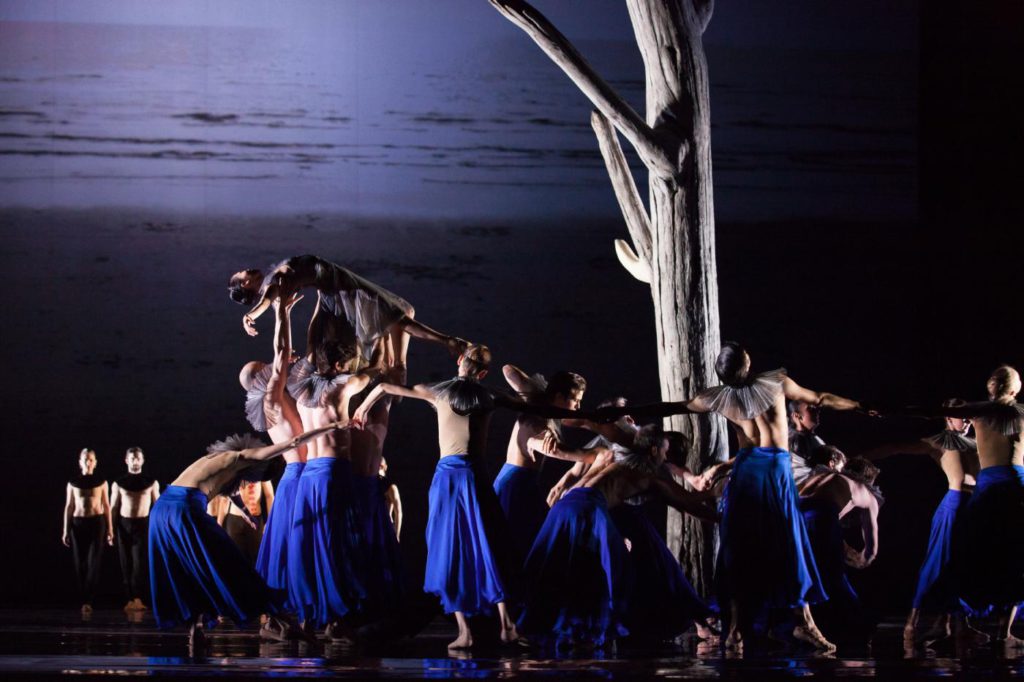
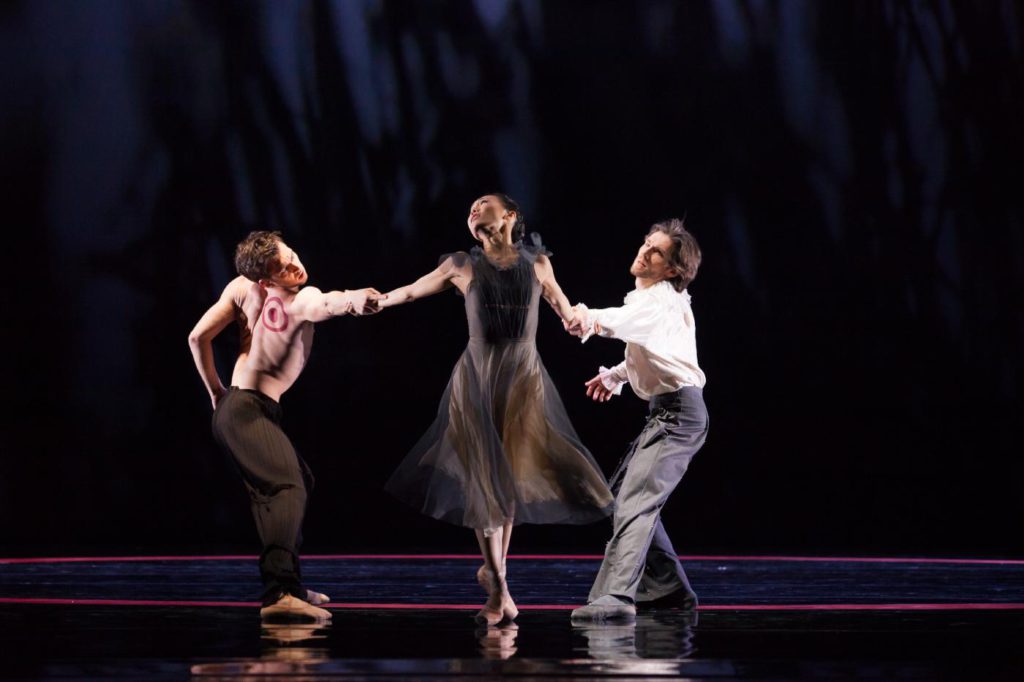 choreographer based in France. We assembled an evening with three different versions of “Rite of Spring”: the reconstruction of Nijinsky’s, Emanuel Gat’s version and Maurice Béjart’s. Although triple bills sell less well than full-evening ballets, and people were doubtful when I programmed it, this one was a huge success, perhaps because of the combination of the three choreographers. We performed it on the main
choreographer based in France. We assembled an evening with three different versions of “Rite of Spring”: the reconstruction of Nijinsky’s, Emanuel Gat’s version and Maurice Béjart’s. Although triple bills sell less well than full-evening ballets, and people were doubtful when I programmed it, this one was a huge success, perhaps because of the combination of the three choreographers. We performed it on the main 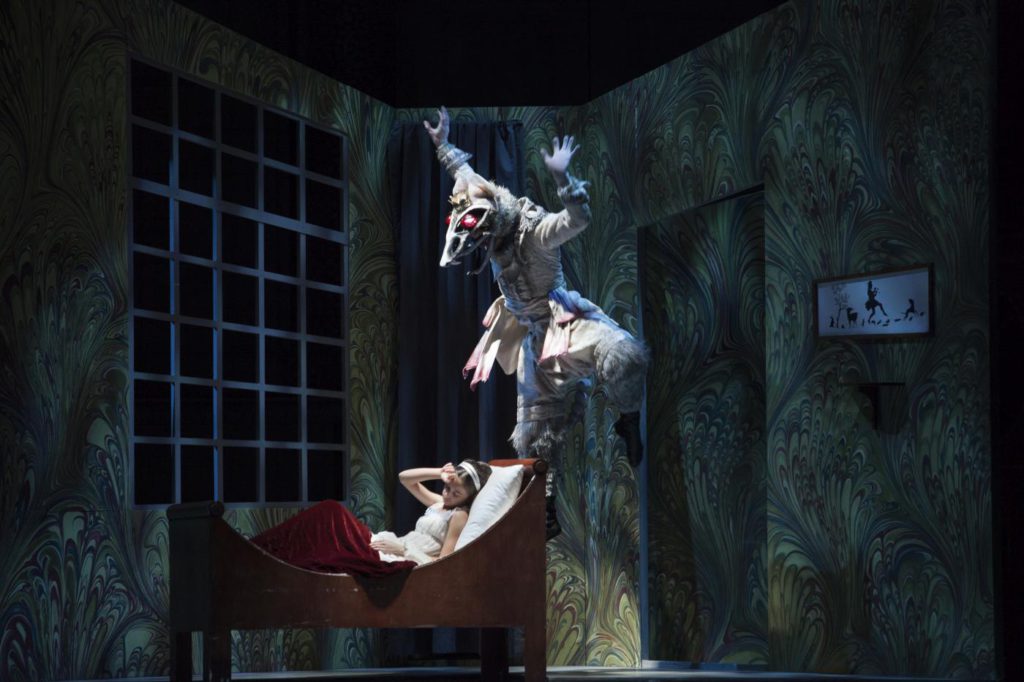 stage, which has an auditorium of more than 1,700 seats. Béjart is still a legend in Poland. His troupe guested here for the first time in the 1960s. Béjart’s dancers were different than the Polish people at that time. The way they behaved, dressed, how they danced – very bohemian.
stage, which has an auditorium of more than 1,700 seats. Béjart is still a legend in Poland. His troupe guested here for the first time in the 1960s. Béjart’s dancers were different than the Polish people at that time. The way they behaved, dressed, how they danced – very bohemian.
There were also a few Polish dancers in Bejart’s company, by the way. The audience loved his “Rite of Spring”; it was the most popular part of the program.
What else do we dance… Ashton’s “Cinderella”, Ballets by John Cranko, John Neumeier, “Century Rolls” by Ashley Page, works by emerging Polish choreographers and Toer van Schayk and Wayne Eagling’s “The Nutcracker and the Mouse King”. We changed the scenery of “Nutcracker” a bit, so it doesn’t play at the canal in Amsterdam 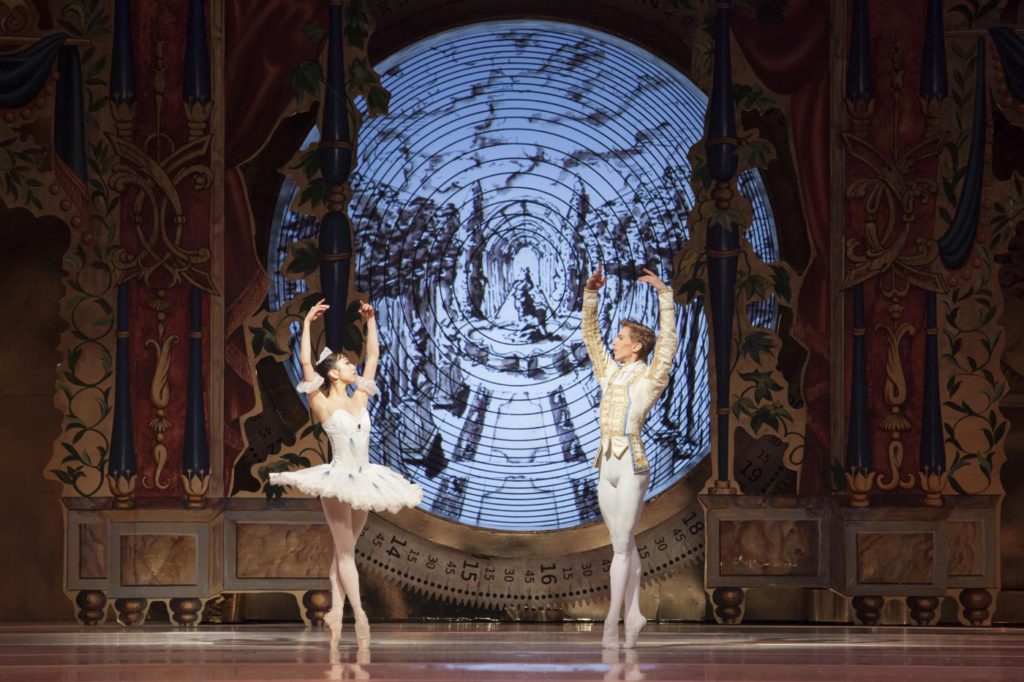 anymore, but in Warsaw’s old town. Actually, I don’t want to schedule “Nutcracker” every Christmas season, because we could perform something else at that time. One year I tried to program “Sleeping Beauty” instead, but my general director intervened, saying the audience would kill us. When we perform “Nutcracker” the house is always full. This season we’ve twelve performances, and for December you already can’t buy tickets anymore.
anymore, but in Warsaw’s old town. Actually, I don’t want to schedule “Nutcracker” every Christmas season, because we could perform something else at that time. One year I tried to program “Sleeping Beauty” instead, but my general director intervened, saying the audience would kill us. When we perform “Nutcracker” the house is always full. This season we’ve twelve performances, and for December you already can’t buy tickets anymore.
That also touches upon another topic – how to approach ballets for children? Vilnius, for example, has the tradition of Sunday matinées for children. They offer a few pieces like “Snow White and Seven Dwarfs” by Polish choreographer Witold Borkowski and “Cipollino” by the Russian choreographer Henrik Mayorov and music by Aram Khachaturian. These matinées are always sold out.
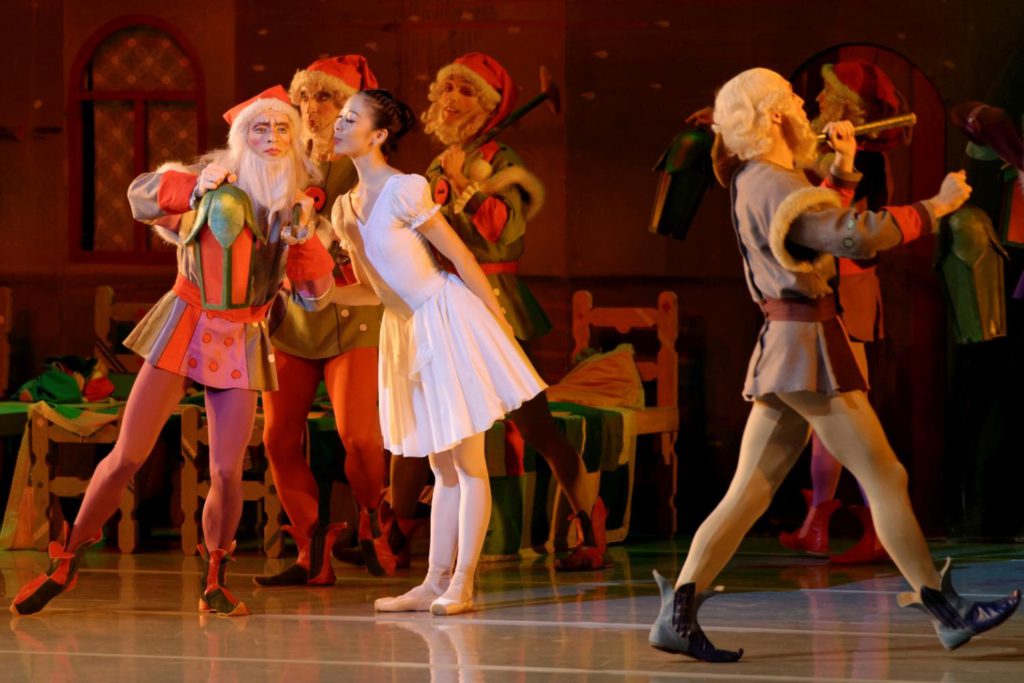 Have you thought about establishing something similar in Warsaw?
Have you thought about establishing something similar in Warsaw?
I’m hesitant. We have “Nutcracker” and “Sleeping Beauty” as performances for families. I see a lot of children in the audience for our “Swan Lake”, which actually should be for children aged twelve and older. On one hand performances for children are very important. On the other hand, they are less interesting for the dancers and choreographers. However, Christopher Wheeldon’s “Alice in Wonderland” is an exception. It’s very smart, has good choreography, nice design and is entertaining. But you need a lot of money to produce something like that. To be honest, I indeed have something in mind, yet it’s too early to talk about it.
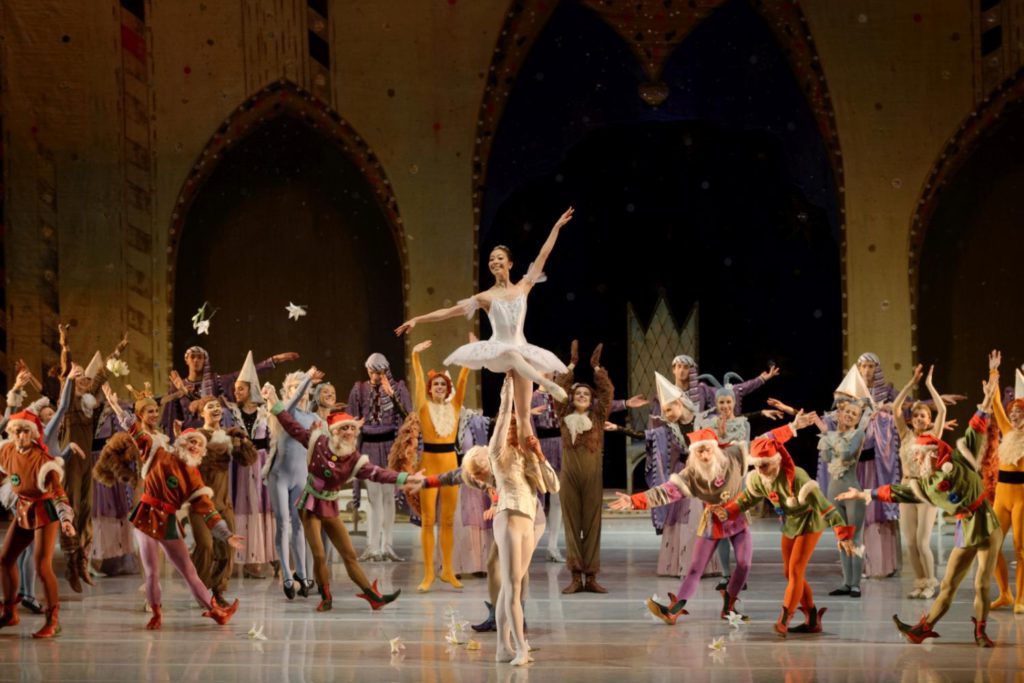 Next year, in 2018, Poland will celebrate the centenary anniversary of the restoration of Poland’s sovereignty. It’s an opportunity to contribute a ballet, but also a bit of an obligation. So, I’m thinking about something within the frame of the celebrations, that at the same time isn’t provincial – no false patriotism – but has an universal character. It’s a bit difficult.
Next year, in 2018, Poland will celebrate the centenary anniversary of the restoration of Poland’s sovereignty. It’s an opportunity to contribute a ballet, but also a bit of an obligation. So, I’m thinking about something within the frame of the celebrations, that at the same time isn’t provincial – no false patriotism – but has an universal character. It’s a bit difficult.
What else is scheduled for this or the next season?
Another program, which I’m very happy to stage, will be a Polish evening with pieces by three Polish choreographers – Robert Bondara, Jacek Tyski and Jacek Przybyłowicz – each one using Polish music. Then we’ll dance John Neumeier’s “Lady of the Camellias” which has solely 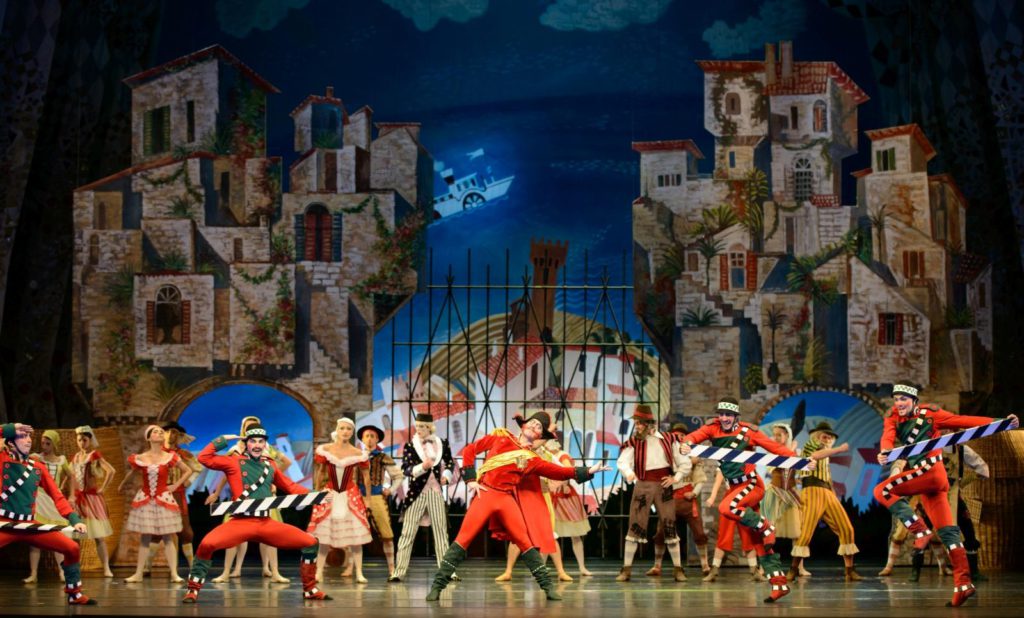 Chopin music. That will be very special for the Polish audience. Talking about Chopin, I’ve also thought that his music could draw a line through our repertoire here in Warsaw and become a part of our identity. We do “Chopiniana”, for example. It’s an old classical ballet I like very much, although I’d prefer to perform it to solo piano accompaniment rather than to orchestral one, but that’s how it was set. It’s also very valuable to have new pieces created on the company and I’ve already plans for next season including Chopin music.
Chopin music. That will be very special for the Polish audience. Talking about Chopin, I’ve also thought that his music could draw a line through our repertoire here in Warsaw and become a part of our identity. We do “Chopiniana”, for example. It’s an old classical ballet I like very much, although I’d prefer to perform it to solo piano accompaniment rather than to orchestral one, but that’s how it was set. It’s also very valuable to have new pieces created on the company and I’ve already plans for next season including Chopin music.
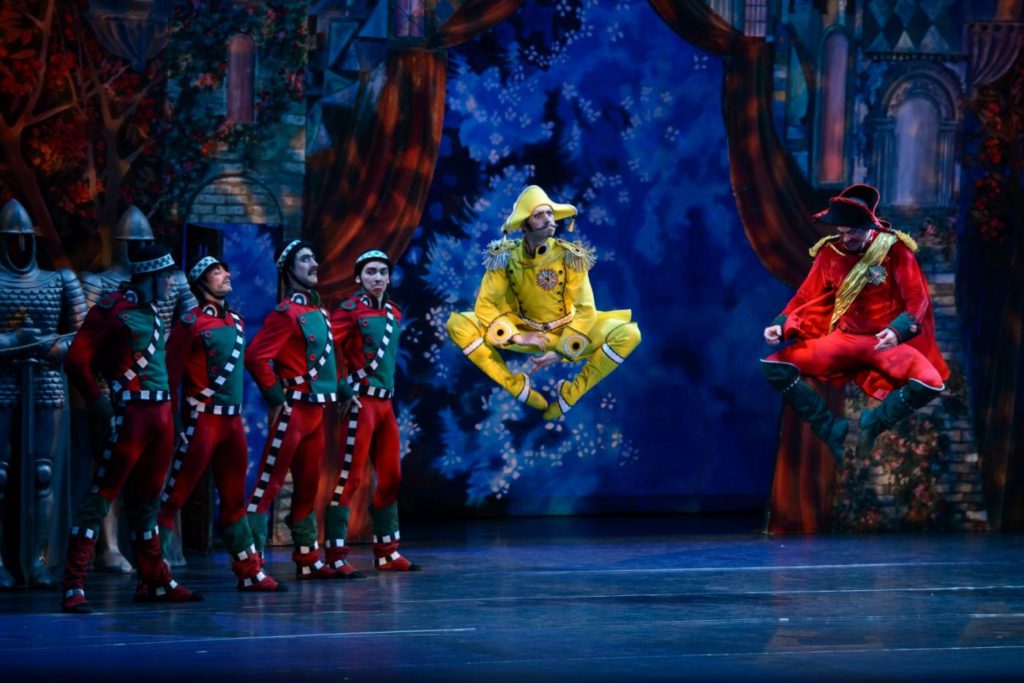 The next premiere in Vilnius is on December 2nd, it’s a piece by a Lithuanian choreographer, Martynas Rimeikis, who emerged out of the choreographic workshops. As a start, I had commissioned him with one piece for a triple bill. The others were Itzik Galili’s “Things I Told Nobody” and my “Bolero”. I always try to combine choreographers with different characters and styles. I’m careful with triple bills though, because just like in Poland, they have no tradition in Lithuania. So, the “Bolero” was meant as an incentive for the wide public. Triple bills are beneficial for both choreographers and dancers. No less than three persons get a chance to create something new and dancers experiment with different styles.
The next premiere in Vilnius is on December 2nd, it’s a piece by a Lithuanian choreographer, Martynas Rimeikis, who emerged out of the choreographic workshops. As a start, I had commissioned him with one piece for a triple bill. The others were Itzik Galili’s “Things I Told Nobody” and my “Bolero”. I always try to combine choreographers with different characters and styles. I’m careful with triple bills though, because just like in Poland, they have no tradition in Lithuania. So, the “Bolero” was meant as an incentive for the wide public. Triple bills are beneficial for both choreographers and dancers. No less than three persons get a chance to create something new and dancers experiment with different styles.
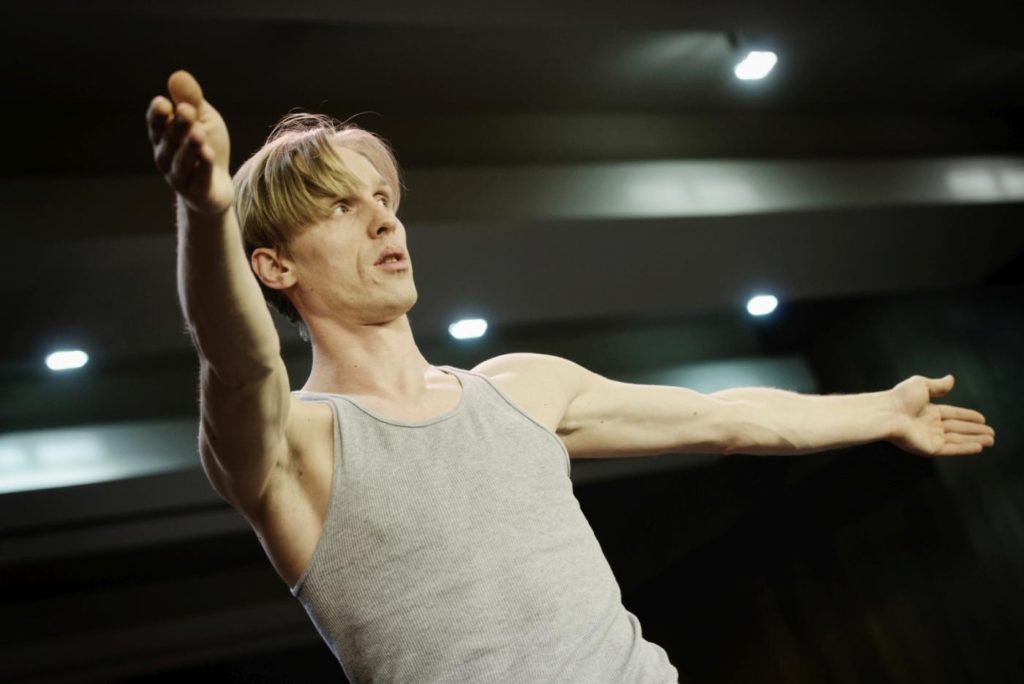 But, to come back to Rimeikis, the piece that will premiere in December is his first full-evening piece, “The Process” by Kafka. Dramatic theater is very strong in Lithuania and the company in Vilnius is a bit more inclined to drama what’s reflected in Rimeikis’s choice of subject. “The Process” is demanding, but I’m sure it’ll be a good ballet.
But, to come back to Rimeikis, the piece that will premiere in December is his first full-evening piece, “The Process” by Kafka. Dramatic theater is very strong in Lithuania and the company in Vilnius is a bit more inclined to drama what’s reflected in Rimeikis’s choice of subject. “The Process” is demanding, but I’m sure it’ll be a good ballet.
I also have to take care of classical ballets. Vilnius has a huge repertoire, “Giselle”, “Swan Lake”, “The Sleeping Beauty”, “La Bayadere”, and in spring we’ll perform “Le Corsaire” by Manuel Legris. For me it’s also important who is going to work with my dancers. Manuel is very generous as a choreographer and an excellent dancer himself. He is the person who will give the company a lot.
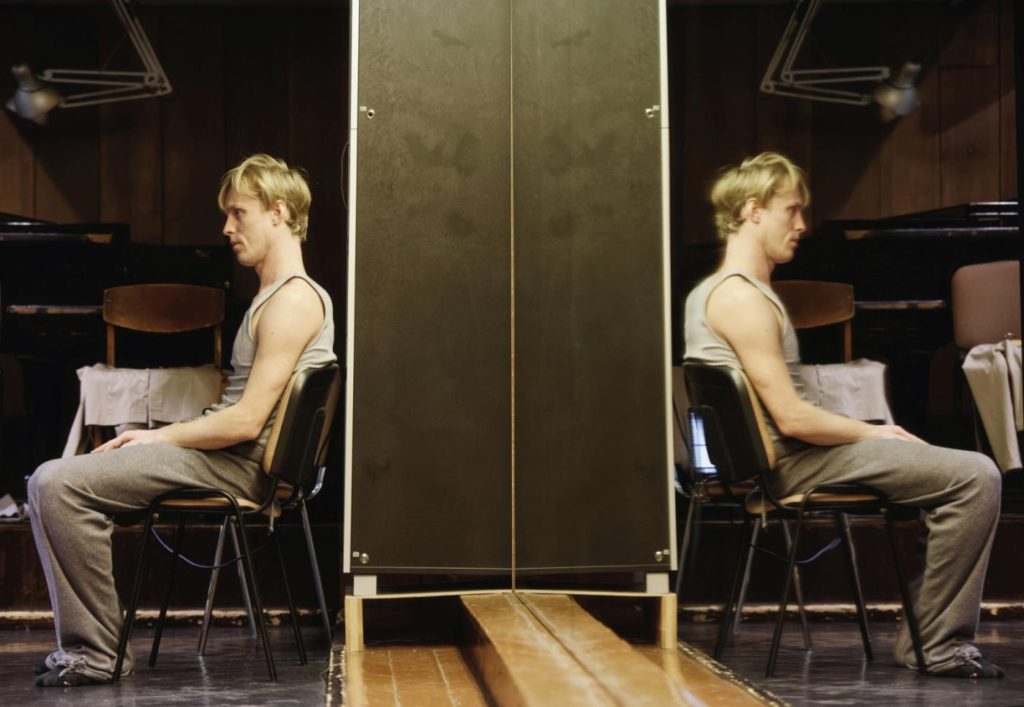 In the next season in Vilnius we’ll have an evening with three Lithuanian choreographers. One of them will be Rimeikis, because I want to continue the collaboration with him. He shouldn’t have the feeling that in case something doesn’t work out, then that’s it. He has to have future perspectives. The two other choreographers are women, which is very interesting, especially as we have this big gender discussion in the dance world right now.
In the next season in Vilnius we’ll have an evening with three Lithuanian choreographers. One of them will be Rimeikis, because I want to continue the collaboration with him. He shouldn’t have the feeling that in case something doesn’t work out, then that’s it. He has to have future perspectives. The two other choreographers are women, which is very interesting, especially as we have this big gender discussion in the dance world right now.
The main topics at the International Ballet Conference in Amsterdam this February were heritage, diversity and identity. To what extent do they matter for your companies?
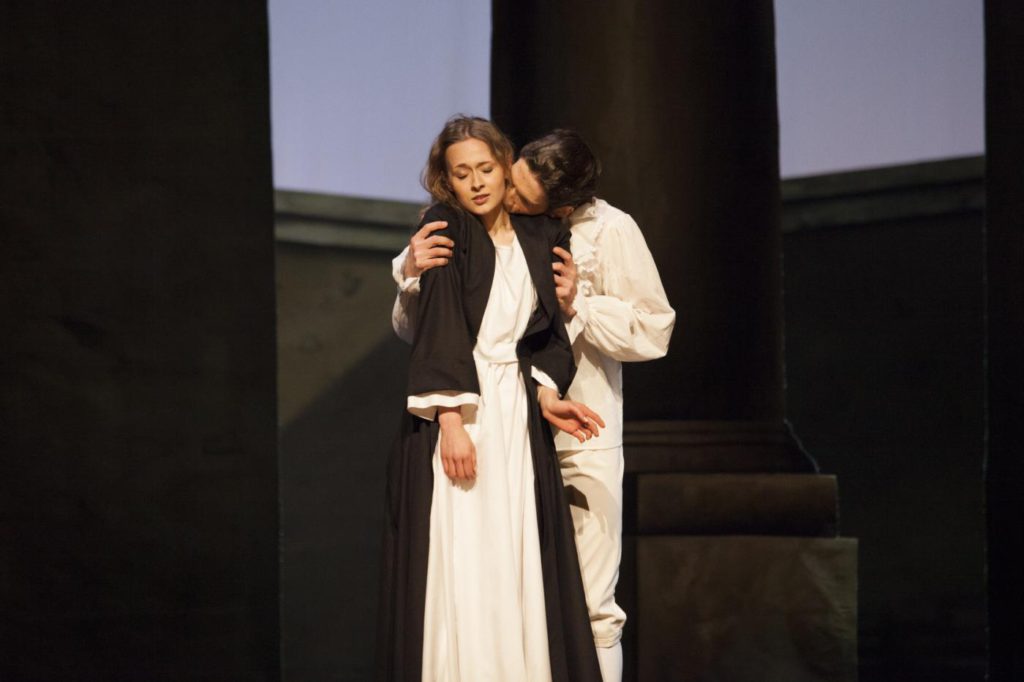 Our company has a long history. It dates back to 1765. I created a piece called “Casanova in Warsaw”, which features that time and Warsaw’s first ballet company. Casanova stayed here for nine months and, as he loved the theater, he spent all that time among the dancers. It was an entirely Italian troupe back then without Polish dancers.
Our company has a long history. It dates back to 1765. I created a piece called “Casanova in Warsaw”, which features that time and Warsaw’s first ballet company. Casanova stayed here for nine months and, as he loved the theater, he spent all that time among the dancers. It was an entirely Italian troupe back then without Polish dancers.
It’s a bit odd that nothing of the legacy has been preserved. But maybe it has to be like this? Things are different in Russia. Their heritage is so obvious. Inclusion is another a big issue. When I came here, I said I want this company to represent the Polish society – it should be open and tolerant. When I left the country in 1982 communism was still going on. People were walking with their heads down, sad, never smiling… gray. Coming from this system I felt insecure in the west at 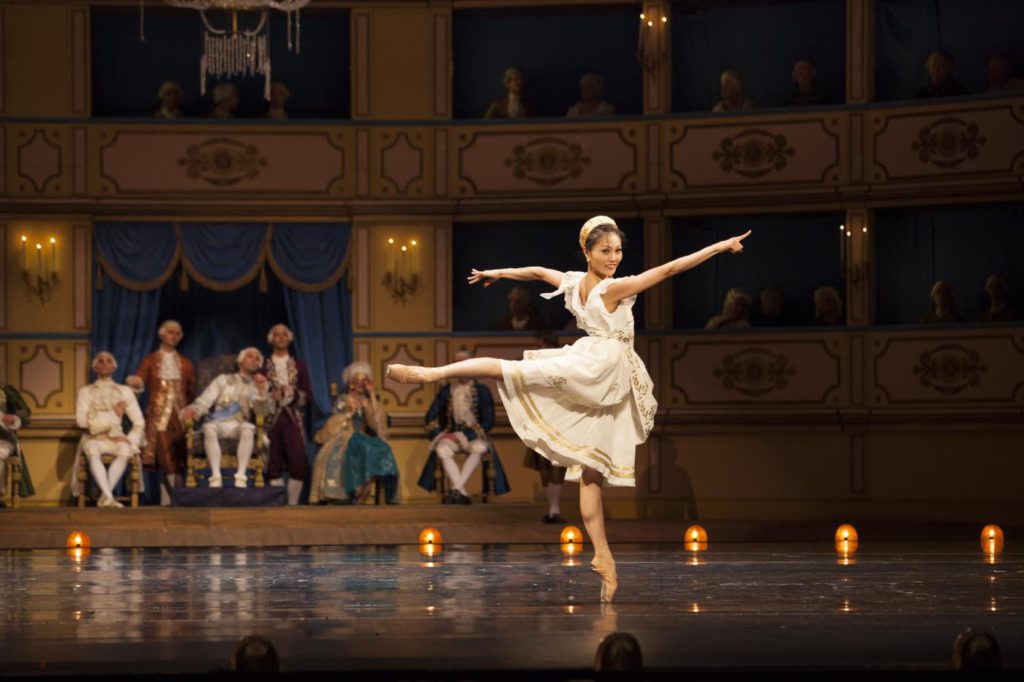 first. But when I returned in 2009 people smiled, were confident and spoke foreign languages. But still things are different here than in the west.
first. But when I returned in 2009 people smiled, were confident and spoke foreign languages. But still things are different here than in the west.
Whereas in Amsterdam, for example, one needs to have dancers of various ethnic backgrounds if the company shall represent Holland’s society – and Ted tries to hire more black dancers for the company – this subject isn’t relevant in Poland. We don’t have that kind of diversity. Poland had become pro-European at the time I returned, but politically, things have adopted another route meanwhile.
Do you wish the company were more diverse?
Yes, definitely. About sixty percent of the dancers are Polish. We have many other nationalities in our company: Japanese, Italians, Russians, Belorussians, Americans etc. Last year we had more than 700 applications for the audition in Warsaw, less for Vilnius, but still enough. But black dancers don’t come or even apply here for work.
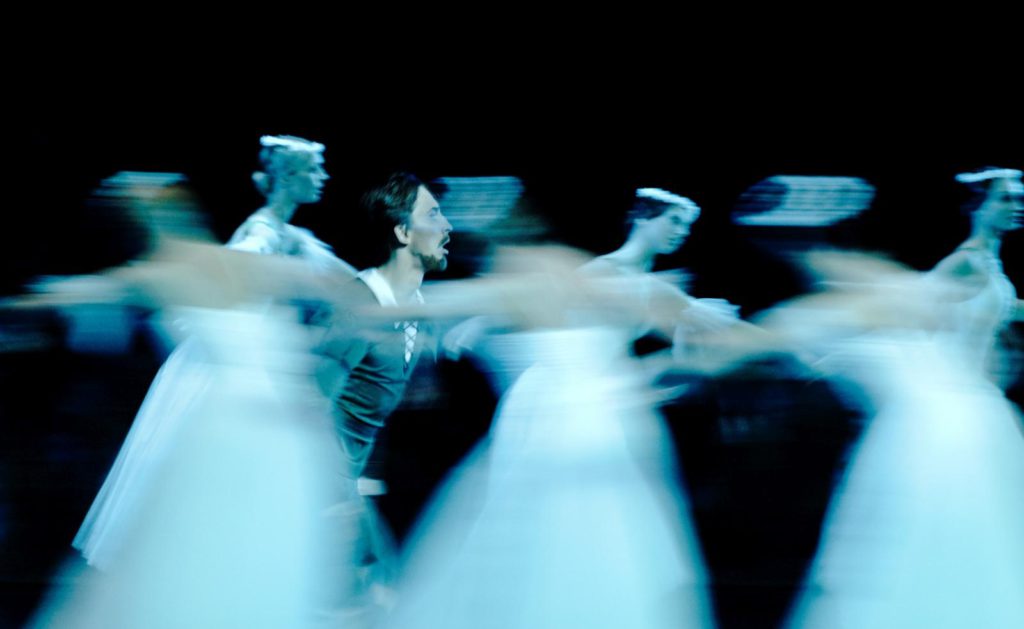 The premiere of your “Death in Venice” was scheduled for this October at the Grand Theater in Łódź. It was canceled at about the same time as “Nureyev” at the Bolshoi. The international press didn’t report about it, the only thing I know is that the opera was considered immoral. What happened?
The premiere of your “Death in Venice” was scheduled for this October at the Grand Theater in Łódź. It was canceled at about the same time as “Nureyev” at the Bolshoi. The international press didn’t report about it, the only thing I know is that the opera was considered immoral. What happened?
The project was very exciting for me, because I was in charge of both directing and choreography. It’s a beautiful opera and its music is smart, so smart! Lighting was by Jean Kalman who specializes in operas. He already did the lighting for my ballet “The Tempest”. You don’t notice the light; it’s somehow transparent – beautiful! Costumes and scenery were by Tatyana van Walsum. She’s Dutch and we’ve cooperated on many, many pieces already 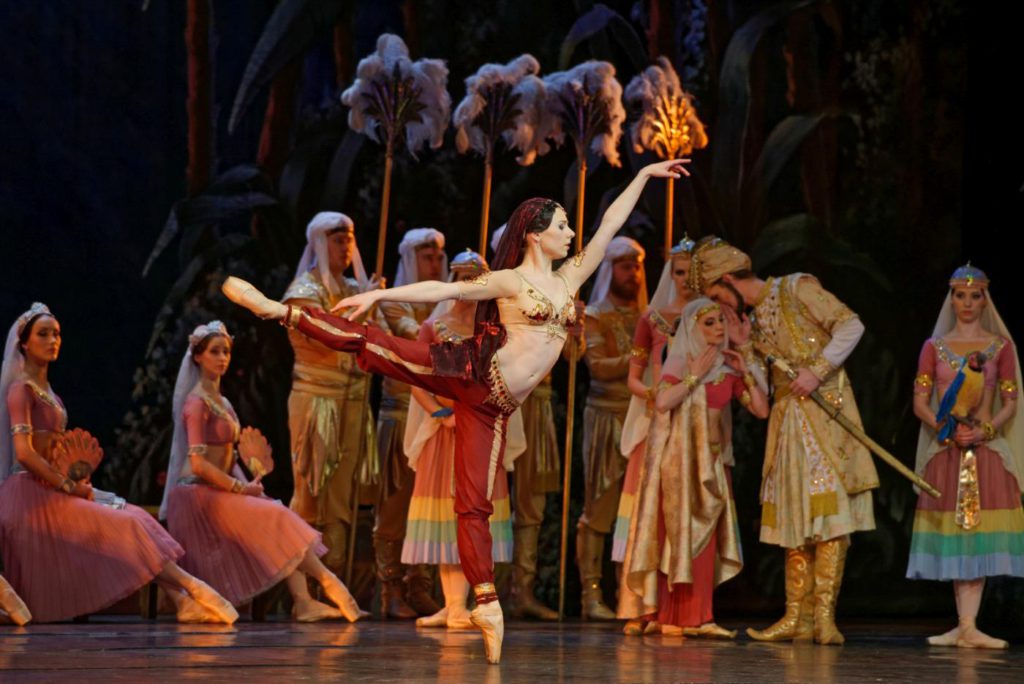 during my time in Amsterdam. We had signed the contracts in June, had started working and so on. Then, in the same month – on June 20th – the theater director was fired. But we were told not to worry, because the contracts had been signed and the project was going to happen. But on June 29th I learned from an email that the opera was canceled. Why wasn’t said.
during my time in Amsterdam. We had signed the contracts in June, had started working and so on. Then, in the same month – on June 20th – the theater director was fired. But we were told not to worry, because the contracts had been signed and the project was going to happen. But on June 29th I learned from an email that the opera was canceled. Why wasn’t said.
No explanation was given, but according to the hallway rumors the reason for the cancelation was that the opera was considered immoral. Afterwards, I got a phone call from the theater in Łódź and they asked whether they could give my phone number to a local journalist. I said, “of course” and asked the lady on 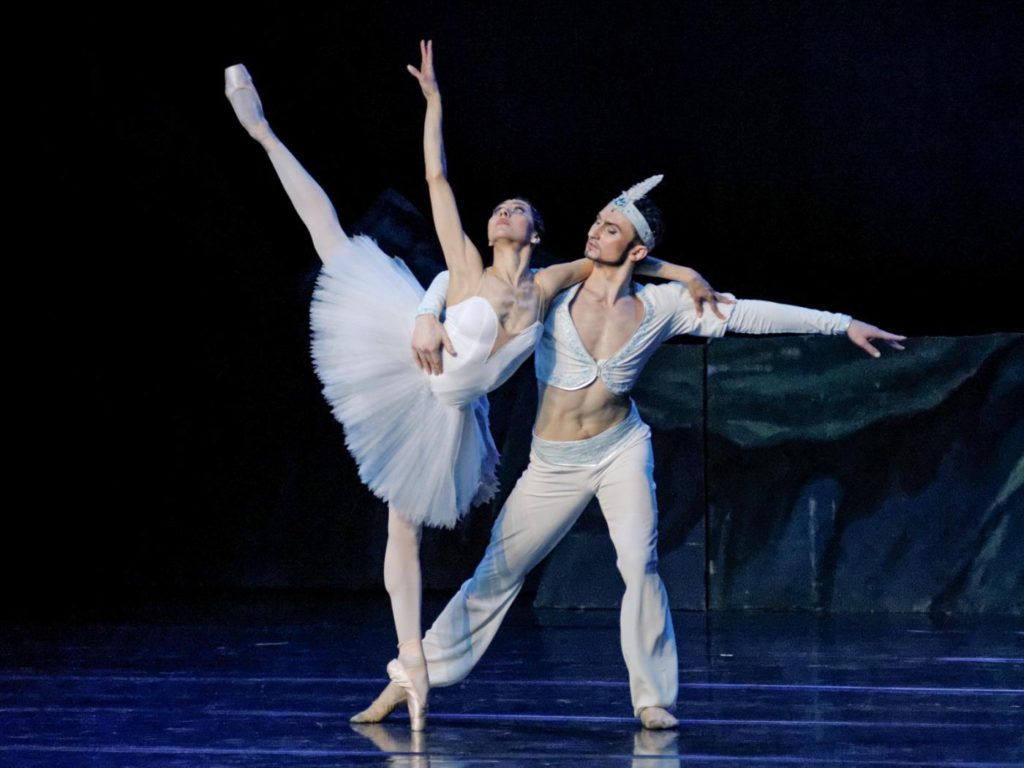 the phone why the premiere had been canceled. She replied, “I’m not allowed to comment on that.” In a normal professional relationship, they should at least have called me before canceling the project and talked with me, not merely sent an email. But apparently, they didn’t bother. When the whole situation got about an official statement was made. It said the former general director, Pawel Gabara, had exceeded the budget and there wouldn’t be enough money for the production. So, I checked one more time with the help of some people and found out that it wasn’t because of the money. The money would have been there. In my opinion, it was some local power struggle intended to kick Gabara out. He’s a nice man and he wanted to mount this opera. So, things are still vague. Officially, the opera was canceled for financial reasons while behind the scenes in the theater people say it’s because the piece is about the fascination of an older man with a young boy.
the phone why the premiere had been canceled. She replied, “I’m not allowed to comment on that.” In a normal professional relationship, they should at least have called me before canceling the project and talked with me, not merely sent an email. But apparently, they didn’t bother. When the whole situation got about an official statement was made. It said the former general director, Pawel Gabara, had exceeded the budget and there wouldn’t be enough money for the production. So, I checked one more time with the help of some people and found out that it wasn’t because of the money. The money would have been there. In my opinion, it was some local power struggle intended to kick Gabara out. He’s a nice man and he wanted to mount this opera. So, things are still vague. Officially, the opera was canceled for financial reasons while behind the scenes in the theater people say it’s because the piece is about the fascination of an older man with a young boy.
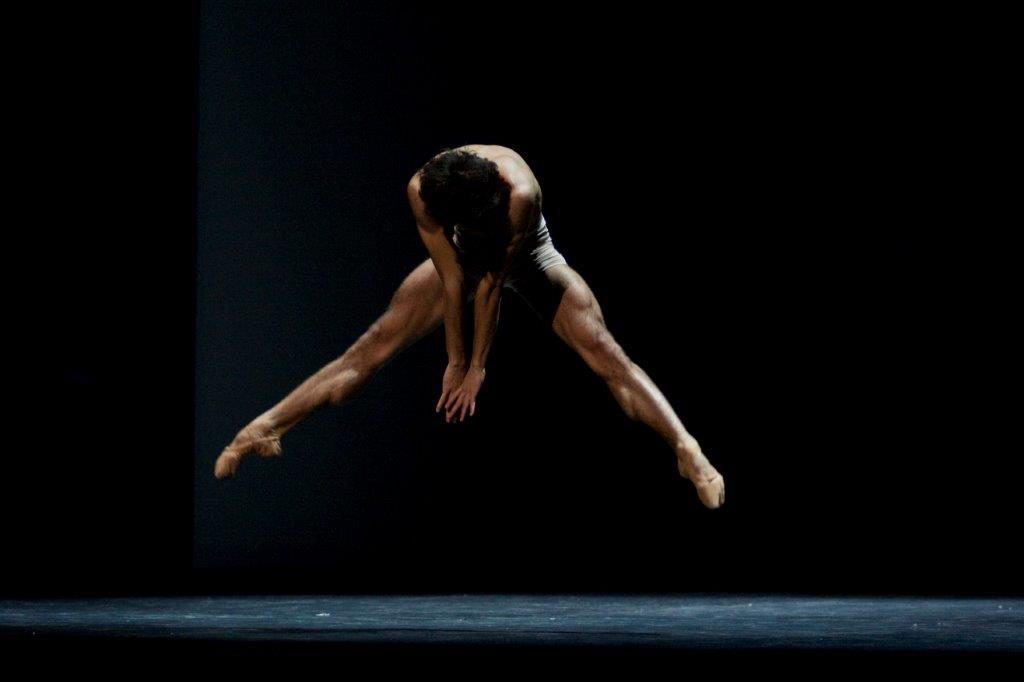
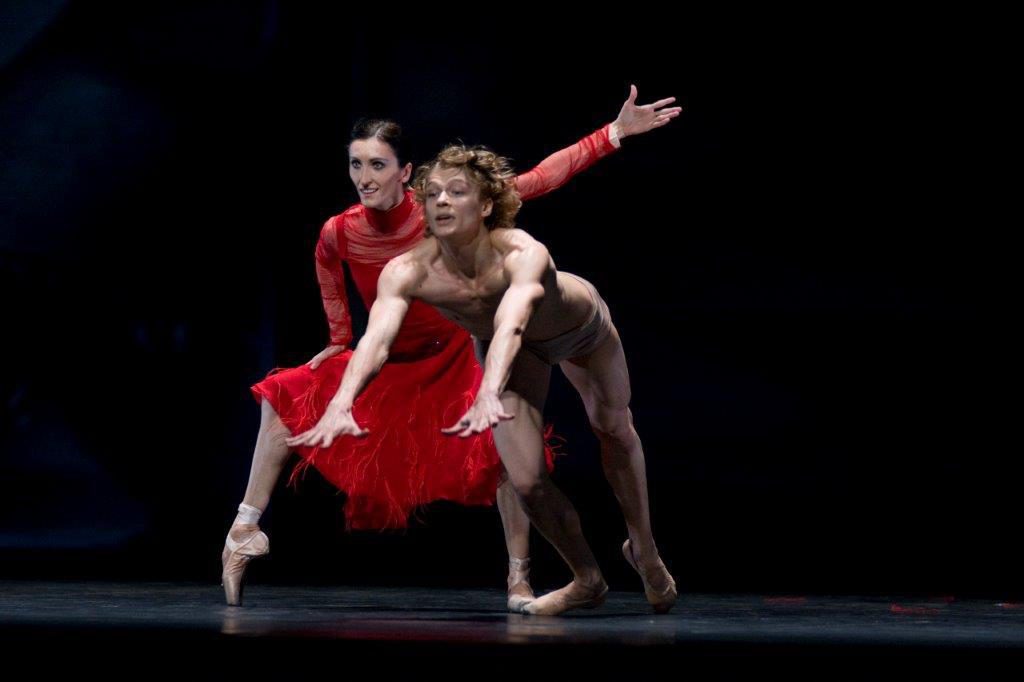 In 2009, I staged “Kurt Weill” in Warsaw – a piece that I created in Amsterdam. Weill composed one piece – “Der Silbersee” (“The Silver Lake”), just before escaping Germany in 1933. It’s a play with music, a Singspiel, and its story has a homoerotic feature, a relationship between two men – a policeman and a small-time criminal. Both weren’t socially accepted and had to flee. I portrayed that in male pas de deux. And after the performance in Warsaw, someone wrote me an email – not only me, it was sent to the prime minister, the minister of
In 2009, I staged “Kurt Weill” in Warsaw – a piece that I created in Amsterdam. Weill composed one piece – “Der Silbersee” (“The Silver Lake”), just before escaping Germany in 1933. It’s a play with music, a Singspiel, and its story has a homoerotic feature, a relationship between two men – a policeman and a small-time criminal. Both weren’t socially accepted and had to flee. I portrayed that in male pas de deux. And after the performance in Warsaw, someone wrote me an email – not only me, it was sent to the prime minister, the minister of 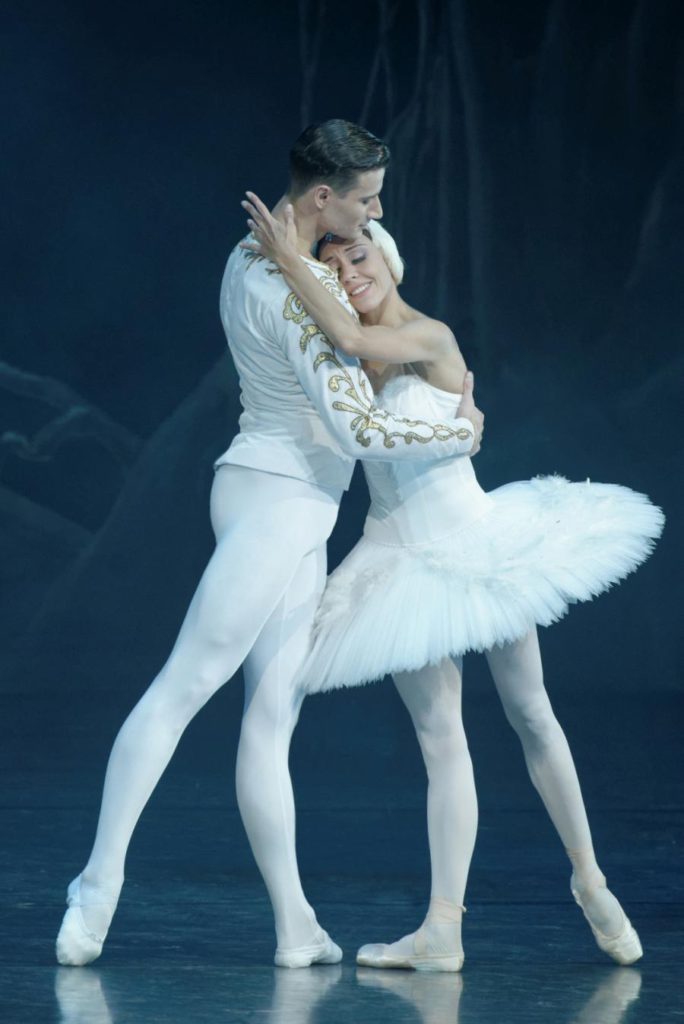
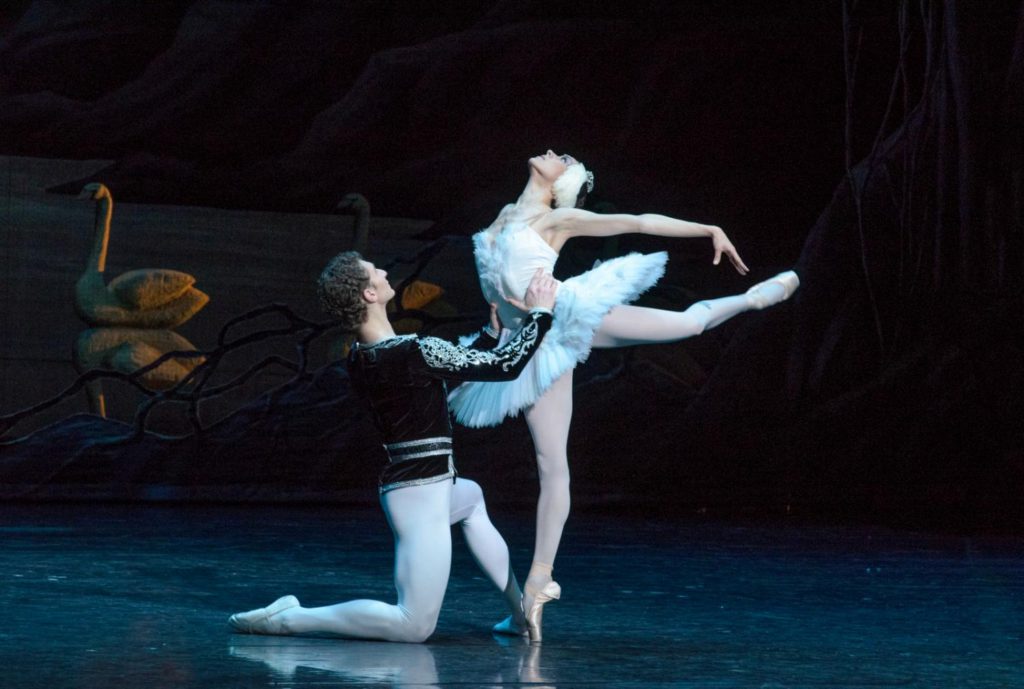 education, and the biggest Polish newspaper – saying my ballet was the promotion of homosexuality. There will always be someone complaining in such a ridicules way.
education, and the biggest Polish newspaper – saying my ballet was the promotion of homosexuality. There will always be someone complaining in such a ridicules way.
But to come back to “Nureyev” at the Bolshoi, I don’t know what would happen if I made a piece about a prominent figure and showed nude pictures here in Warsaw. Mariusz Treliński, our opera director, is an interesting, progressive, and sometimes provocative opera maker and we are lucky that our general director is a strong, respected person who is protecting us. But some dramatic theaters face problems. There was a play, staged in Warsaw by a Croatian stage director, which included a very controversial scene between a woman and the pope John Paul II. The piece was scheduled for two festivals and the ministry 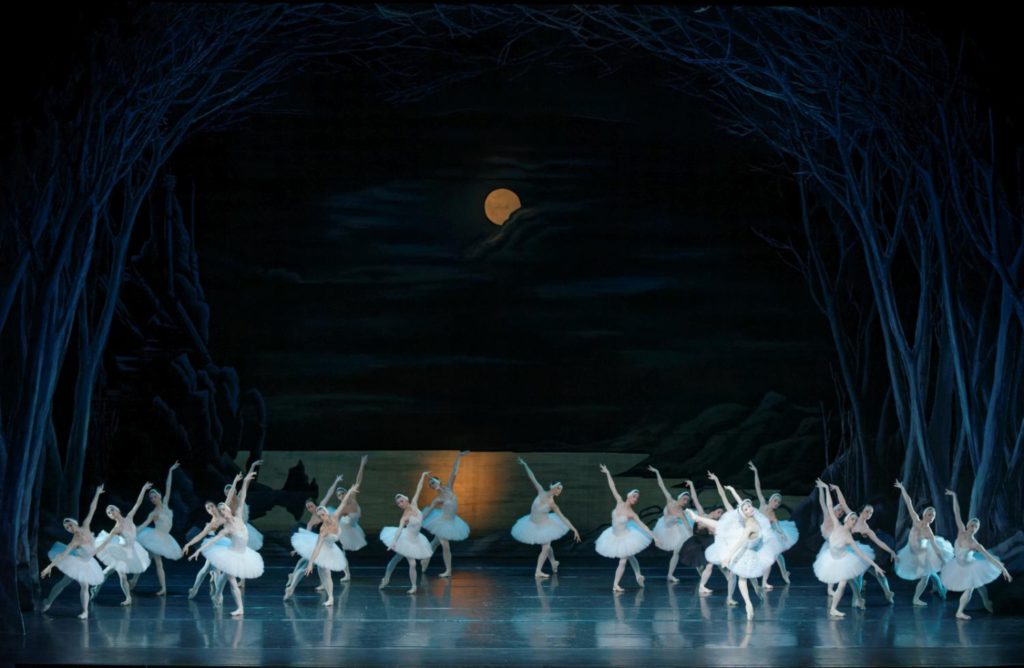 tried to intervene in both cases by withholding the funding. Eventually, the festivals took place and the piece was performed at one of them thanks to crowdfunding. Controversies are sometimes good and necessary and lead to useful discussion.
tried to intervene in both cases by withholding the funding. Eventually, the festivals took place and the piece was performed at one of them thanks to crowdfunding. Controversies are sometimes good and necessary and lead to useful discussion.
As a choreographer, I was always interested in politics. In Amsterdam, I choreographed pieces with a political dimension, like my version of “Scheherazade” in 2009. I’m laughing a bit about it now that the piece was somehow prophetic. It’s based on “Arabian Nights and Days” by the Egyptian author Naguib Mahfouz. It’s a sequel of “A Thousand and one Nights”, but it occurs in present 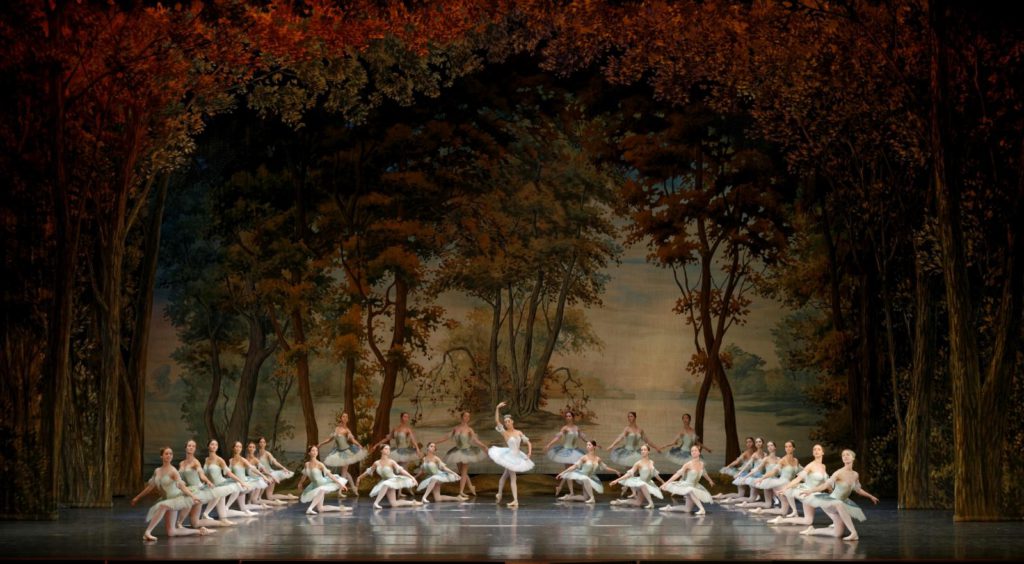 time. Willem Bruls wrote the libretto. We chose a very beautiful story from the book. Basically, it said if the good ruler resigns, the position he leaves will be taken over by radical Islamic movement. The ballet premiered before the Arab Spring in 2010.
time. Willem Bruls wrote the libretto. We chose a very beautiful story from the book. Basically, it said if the good ruler resigns, the position he leaves will be taken over by radical Islamic movement. The ballet premiered before the Arab Spring in 2010.
What status does the art of dance have in Poland?
Not the one it has in the Netherlands! But I’m quite happy with the position of the company. There are many initiatives, but they still have to be developed.
Will the company tour abroad this season?
We’re planning to go to the Czech Republic and Slovakia, but not to the west. Last season we guested in The Hague.
(The interview has been edited for clarity.)
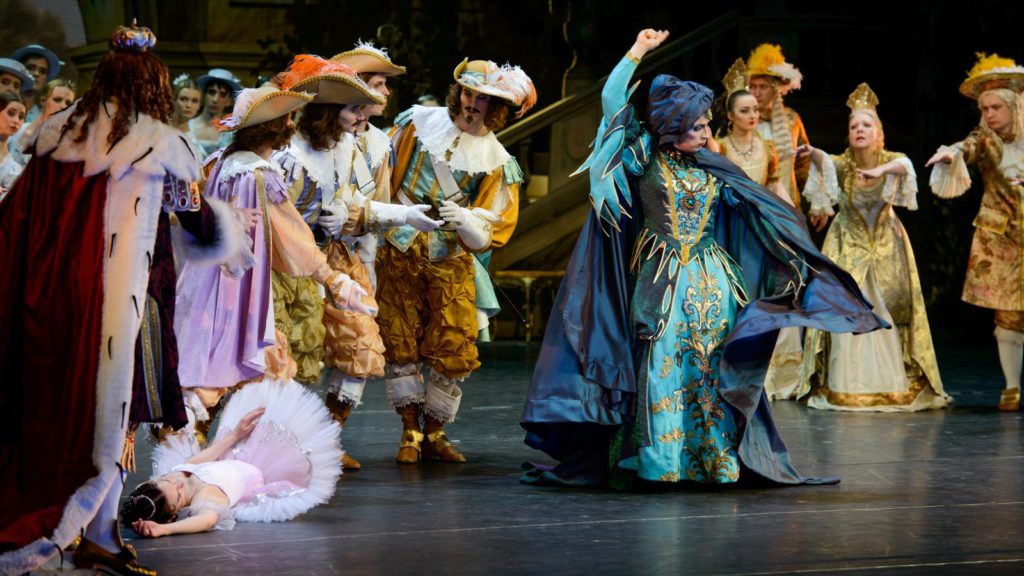
| Links: | Website of the Polish National Ballet | |
| Website of the Ballet Company of the Lithuanian National Opera and Ballet Theatre | ||
| Photos: | 1. | Krzysztof Pastor, Polish National Ballet © Ewa Krasucka |
| 2. | Krzysztof Pastor, Vladimir Yaroshenko and Maksim Woitiul during a rehearsal, Polish National Ballet © Ewa Krasucka | |
| 3. | Krzysztof Pastor and Rūta Butvilienė, Lithuanian National Opera and Ballet Theatre © Martynas Aleksa | |
| 4. | Krzysztof Pastor with dancers of the Polish National Ballet, Polish National Ballet © Ewa Krasucka | |
| 5. | Krzysztof Pastor, Polish National Ballet © Ewa Krasucka | |
| 6. | Yuka Ebihara and Krzysztof Pastor during a rehearsal, Polish National Ballet © Ewa Krasucka | |
| 7. | Krzysztof Pastor during a rehearsal, Polish National Ballet © Ewa Krasucka | |
| 8. | Adam Kozal, Krzysztof Pastor and Marta Fiedler during a rehearsal, Polish National Ballet © Ewa Krasucka | |
| 9. | Vladimir Yaroshenko, Krzysztof Pastor and Yuka Ebihara during a rehearsal, Polish National Ballet © Ewa Krasucka | |
| 10. | Maria Żuk and Yuka Ebihara, “Concerto Barocco” by George Balanchine, Polish National Ballet © Ewa Krasucka | |
| 11. | Maria Żuk, Vladimir Yaroshenko and ensemble, “Concerto Barocco” by George Balanchine, Polish National Ballet © Ewa Krasucka | |
| 12. | Maria Żuk and Vladimir Yaroshenko, “Artifact Suite” by William Forsythe, Polish National Ballet © Ewa Krasucka | |
| 13. | Ensemble, “Artifact Suite” by William Forsythe, Polish National Ballet © Ewa Krasucka | |
| 14. | Ensemble, “Le Sacre du Printemps”, reconstruction of Vaslav Nijinsky’s version, Polish National Ballet © Ewa Krasucka | |
| 15. | Magdalena Ciechowicz (The Chosen One) and ensemble, “Le Sacre du Printemps”, reconstruction of Vaslav Nijinsky’s version, Polish National Ballet © Ewa Krasucka | |
| 16. | Marta Fiedler, Robert Bondara and Kurusz Wojeński, “The Rite of Spring” by Emanuel Gat, Polish National Ballet © Ewa Krasucka | |
| 17. | Aleksandra Liashenko, Karolina Sapun, Kurusz Wojeński, Marta Fiedler and Robert Bondara, “The Rite of Spring” by Emanuel Gat, Polish National Ballet © Ewa Krasucka | |
| 18. | Vladimir Yaroshenko and ensemble, “The Rite of Spring” by Maurice Bejárt, Polish National Ballet © Ewa Krasucka | |
| 19. | Anna Lorenc and ensemble, “The Rite of Spring” by Maurice Bejárt, Polish National Ballet © Ewa Krasucka | |
| 20. | Paweł Koncewoj (Caliban), Yuka Ebihara (Miranda) and Vladimir Yaroshenko (Prospero), “The Tempest” by Krzysztof Pastor, Polish National Ballet © Ewa Krasucka | |
| 21. | Ensemble, “The Tempest” by Krzysztof Pastor, Polish National Ballet © Ewa Krasucka | |
| 22. | Paweł Koncewoj (Mouse King) and ensemble, “The Nutcracker and the Mouse King” by Toer van Schayk and Wayne Eagling, Polish National Ballet © Ewa Krasucka | |
| 23. | Mai Kageyama (Clara) and Dawid Trzensimiech (Prince), “The Nutcracker and the Mouse King” by Toer van Schayk and Wayne Eagling, Polish National Ballet © Ewa Krasucka | |
| 24. | Haruka Ohno (Snow White) and ensemble, “Snow White and the Seven Dwarfs” by Witold Borkowski, Lithuanian National Opera and Ballet Theatre © Martynas Aleksa | |
| 25. | Haruka Ohno (Snow White), Jonas Laucius (Prince) and ensemble, “Snow White and the Seven Dwarfs” by Witold Borkowski, Lithuanian National Opera and Ballet Theatre © Martynas Aleksa | |
| 26. | Ensemble, “Cipollino” by Henrik Mayorov, Lithuanian National Opera and Ballet Theatre © Martynas Aleksa | |
| 27. | Ensemble, “Cipollino” by Henrik Mayorov, Lithuanian National Opera and Ballet Theatre © Martynas Aleksa | |
| 28. | Martynas Rimeikis during a rehearsal, Lithuanian National Opera and Ballet Theatre © Martynas Aleksa | |
| 29. | Martynas Rimeikis during a rehearsal, Lithuanian National Opera and Ballet Theatre © Martynas Aleksa | |
| 30. | Daria Majewska (Novice Nun) and Vladimir Yaroshenko (Casanova), “Casonova in Warsaw” by Krzysztof Pastor, Polish National Ballet © Ewa Krasucka | |
| 31. | Yuka Ebihara (Mlle Gattei) and ensemble, “Casanova in Warsaw” by Krzysztof Pastor, Polish National Ballet © Ewa Krasucka | |
| 32. | Ensemble, “Giselle” by Jules Perrot, Jean Coralli and Marius Petipa, Lithuanian National Opera and Ballet Theatre © Martynas Aleksa | |
| 33. | Kristina Gudžiūnaitė and ensemble, “La Bayadère” by Marius Petipa, Lithuanian National Opera and Ballet Theatre © Martynas Aleksa | |
| 34. | Anastasia Čumakova and Genadij Žukovskij, “La Bayadère” by Marius Petipa, Lithuanian National Opera and Ballet Theatre © Martynas Aleksa | |
| 35. | Dominika Krysztoforska and Sergey Popov, “Kurt Weill” by Krzysztof Pastor, Polish National Ballet © Ewa Krasucka | |
| 36. | Egor Menshikov in “Kurt Weill” by Krzysztof Pastor, Polish National Ballet © Ewa Krasucka | |
| 37. | Jonas Laucius (Prince Siegfried) and Anastasia Čumakova (Odette), “Swan Lake” by Marius Petipa and Lev Ivanov, Lithuanian National Opera and Ballet Theatre © Martynas Aleksa | |
| 38. | Genadij Žukovskij (Prince Siegfried) and Anastasia Čumakova (Odette), “Swan Lake” by Marius Petipa and Lev Ivanov, Lithuanian National Opera and Ballet Theatre © Martynas Aleksa | |
| 39. | Ensemble, “Swan Lake” by Marius Petipa and Lev Ivanov, Lithuanian National Opera and Ballet Theatre © Martynas Aleksa | |
| 40. | Ensemble, “The Sleeping Beauty” by Marius Petipa and Ivan Vsevololozhsky, Lithuanian National Opera and Ballet Theatre © Martynas Aleksa | |
| 41. | Kristina Gudžiūnaitė (Princess Aurora), Andrius Žužžalkinas (Carabosse) and ensemble, “The Sleeping Beauty” by Marius Petipa and Ivan Vsevololozhsky, Lithuanian National Opera and Ballet Theatre © Martynas Aleksa | |
| Editing: | Julie Bradley |
